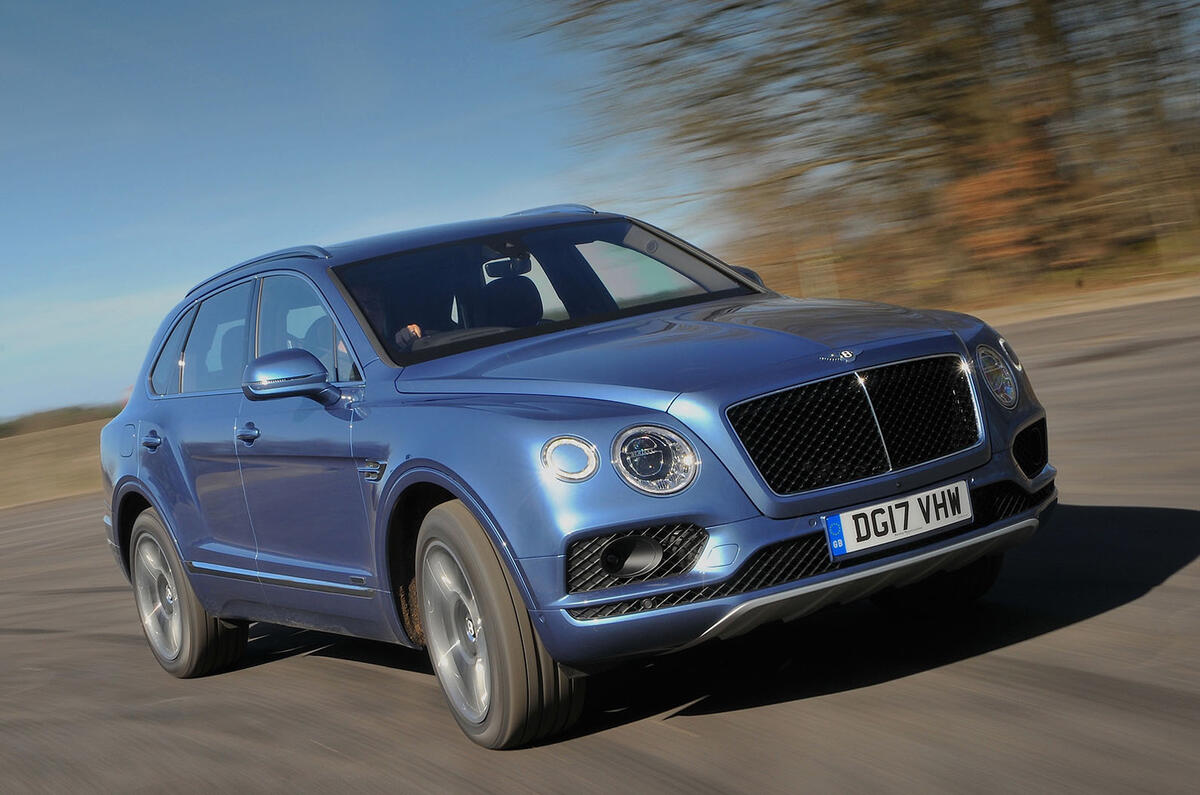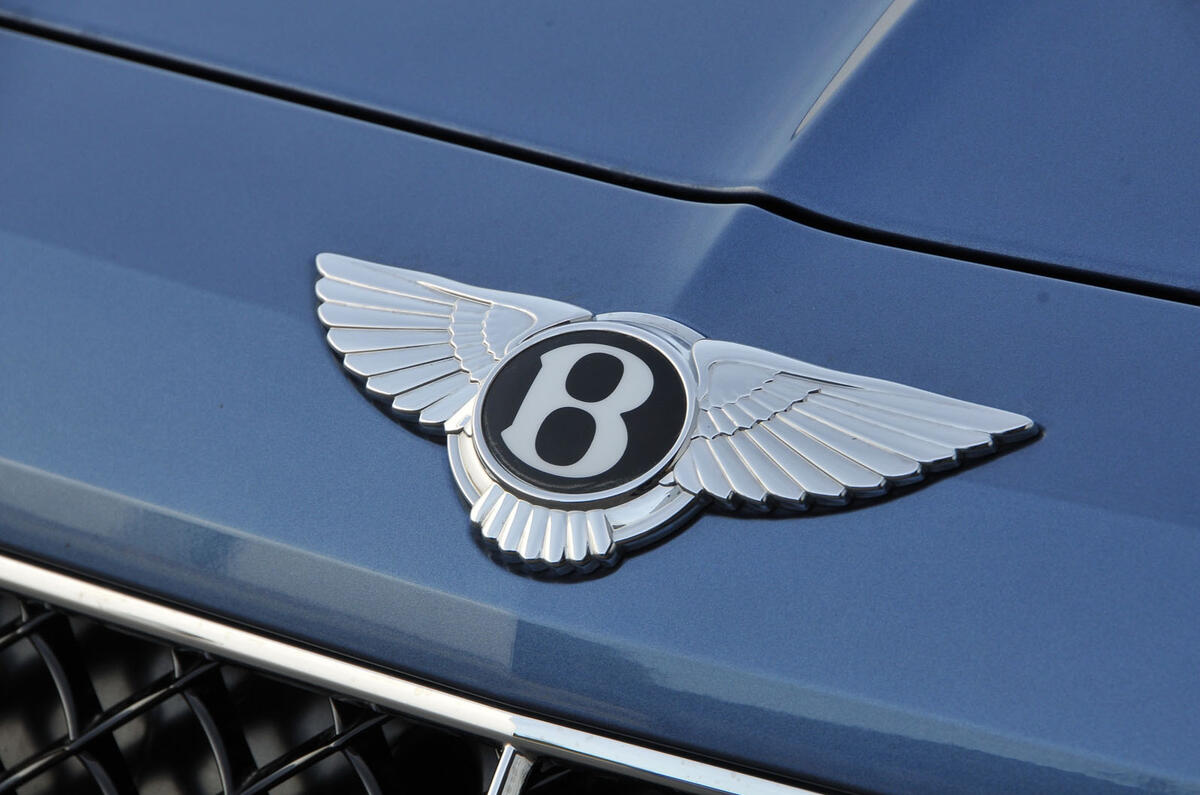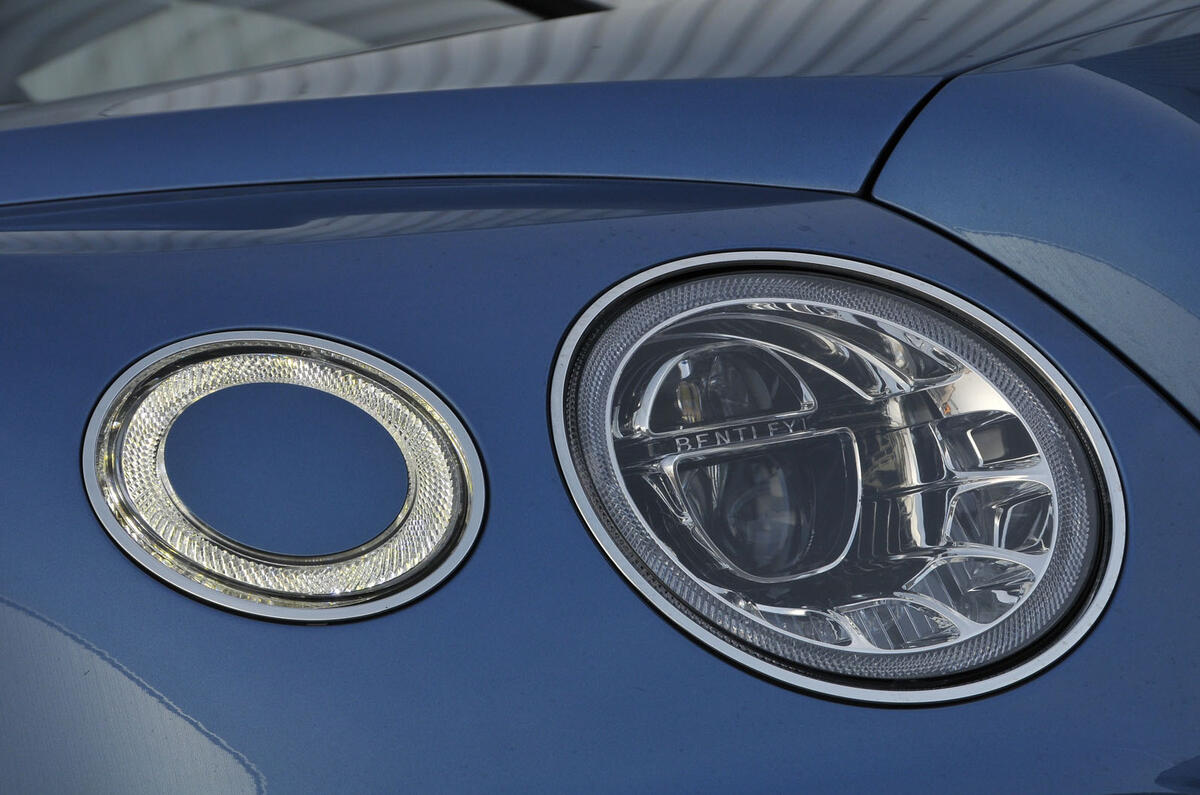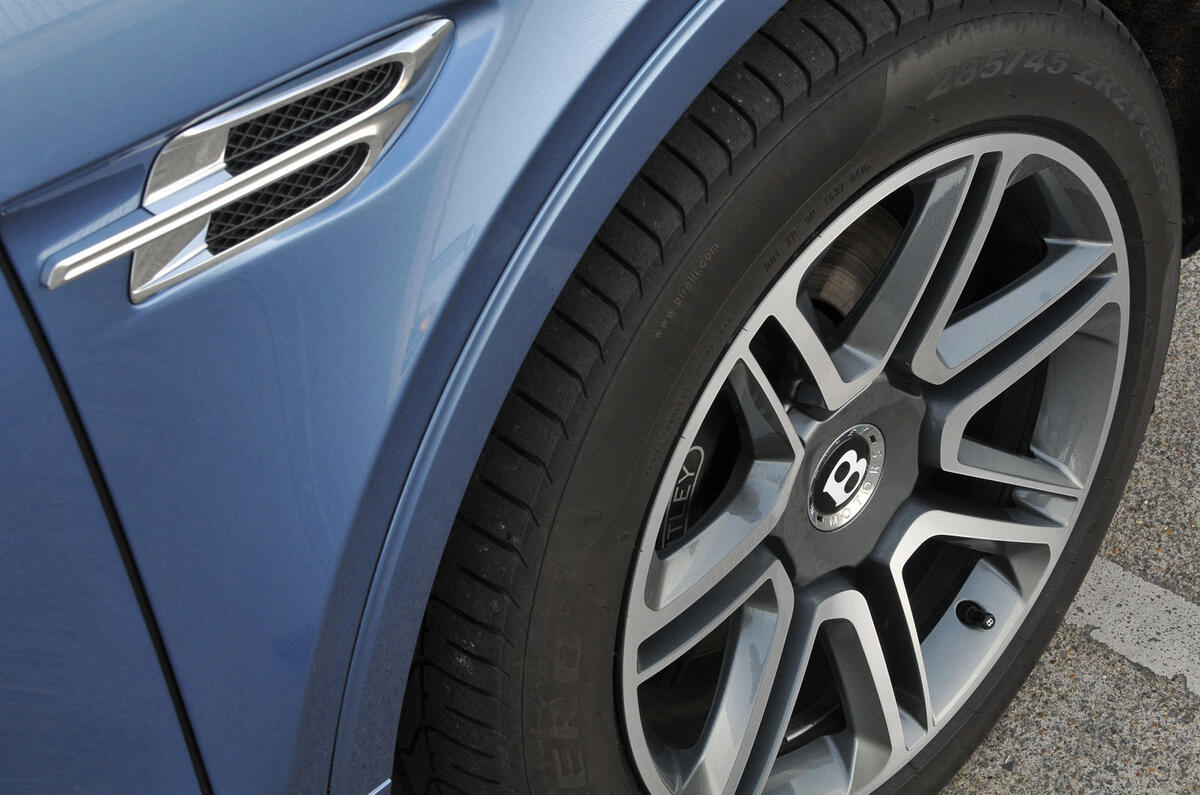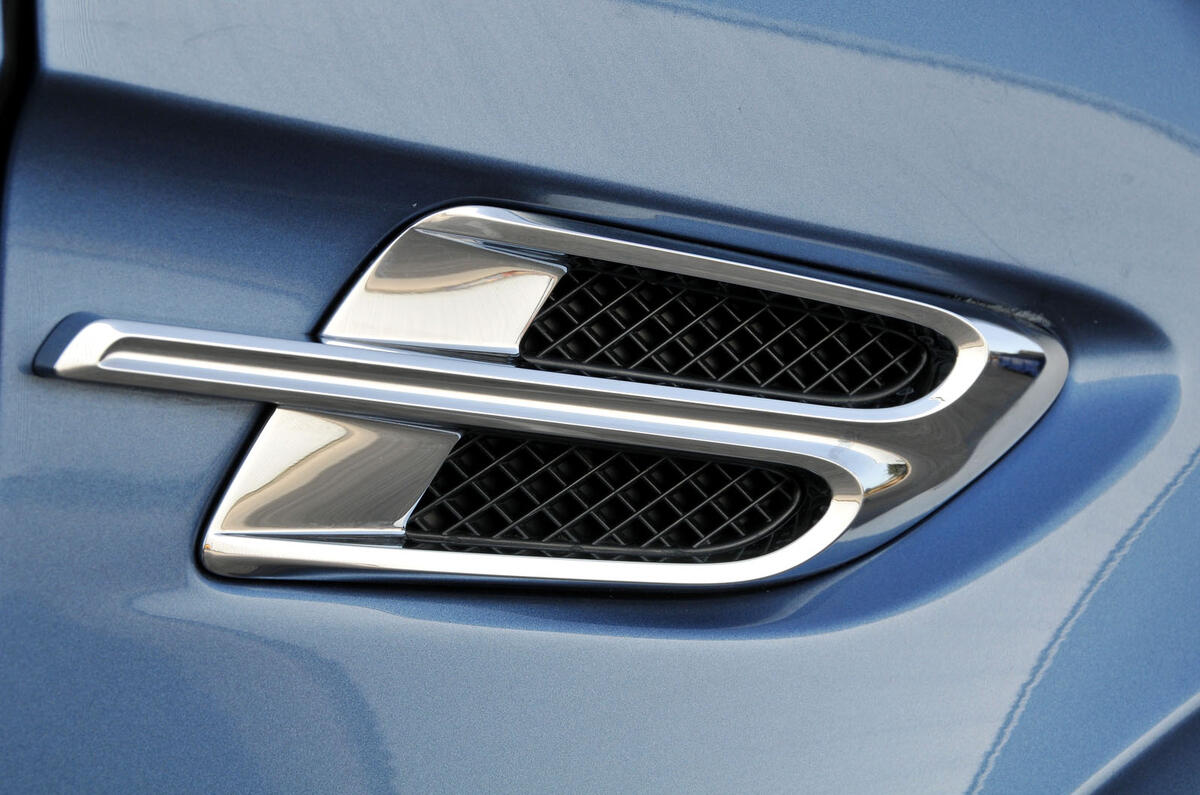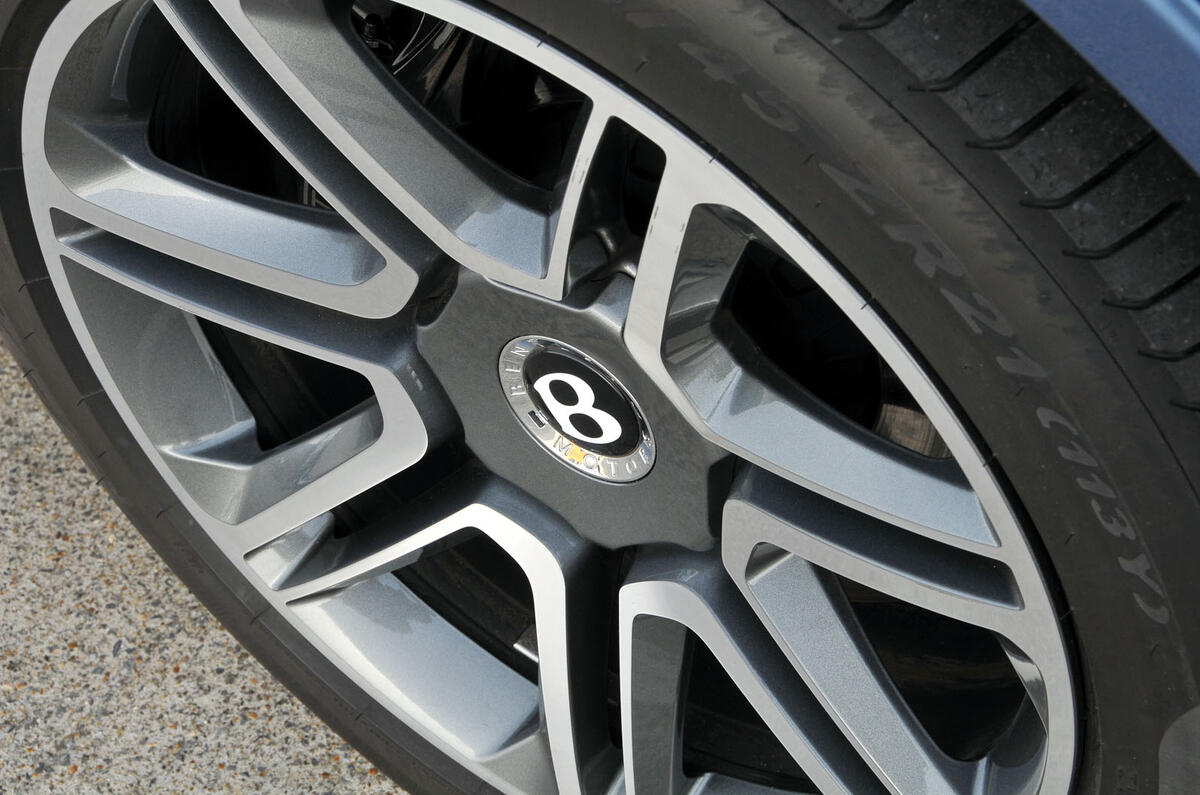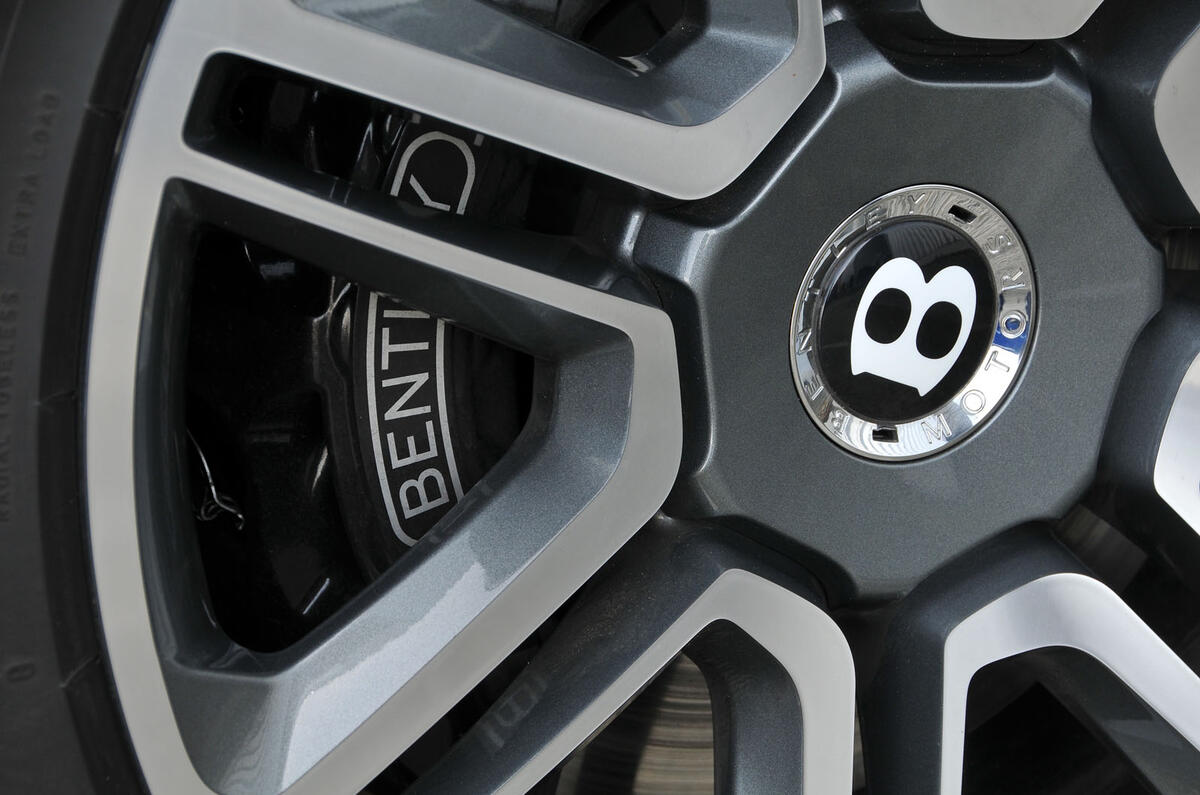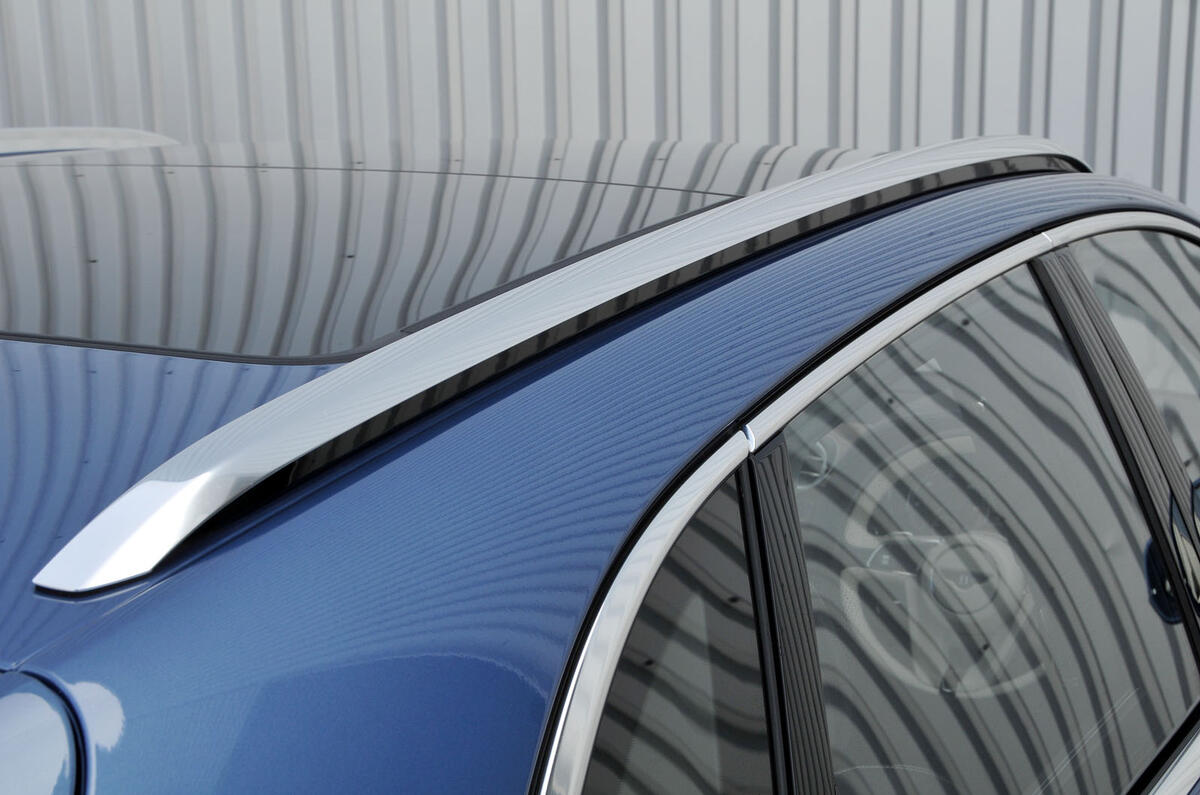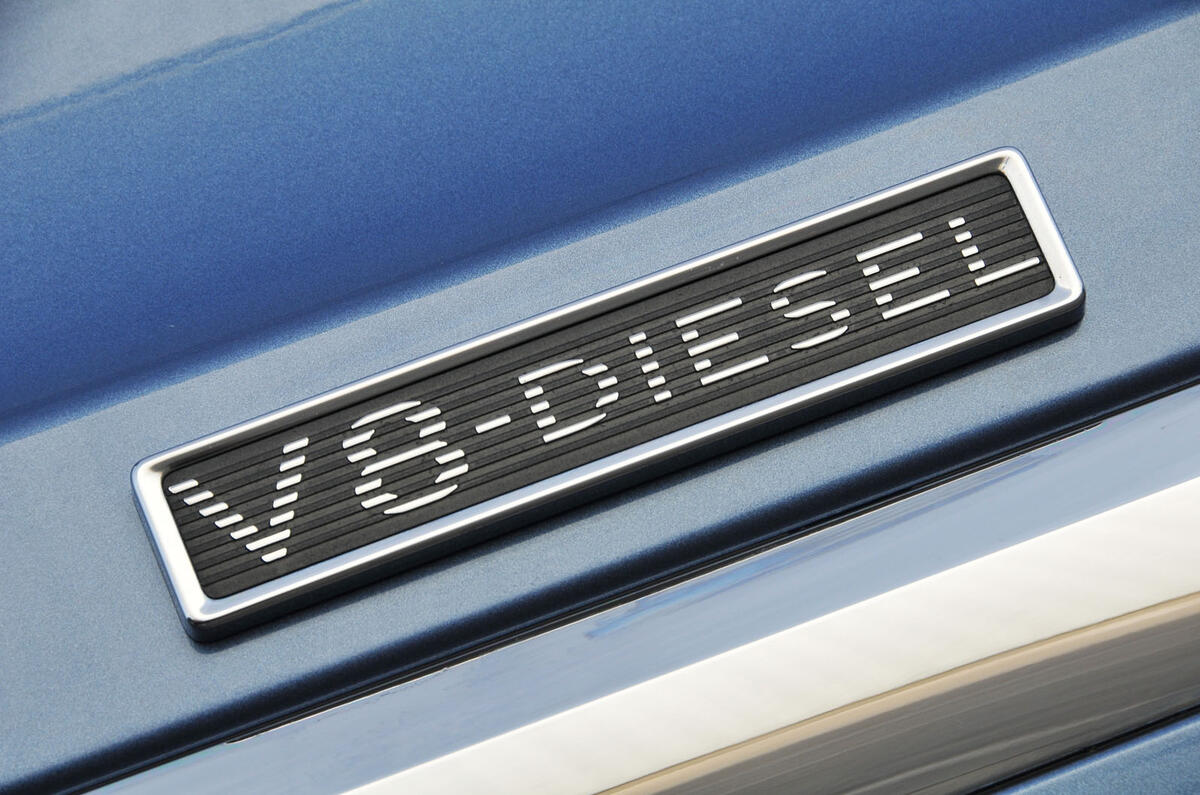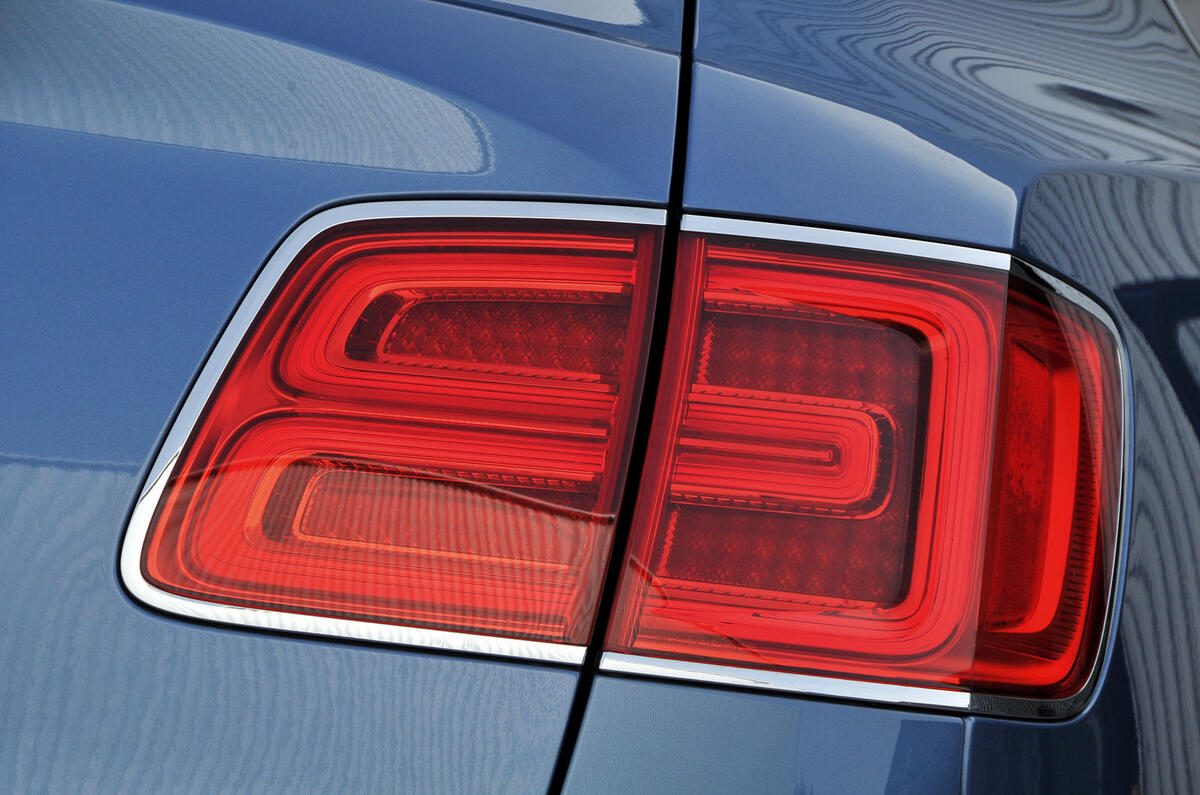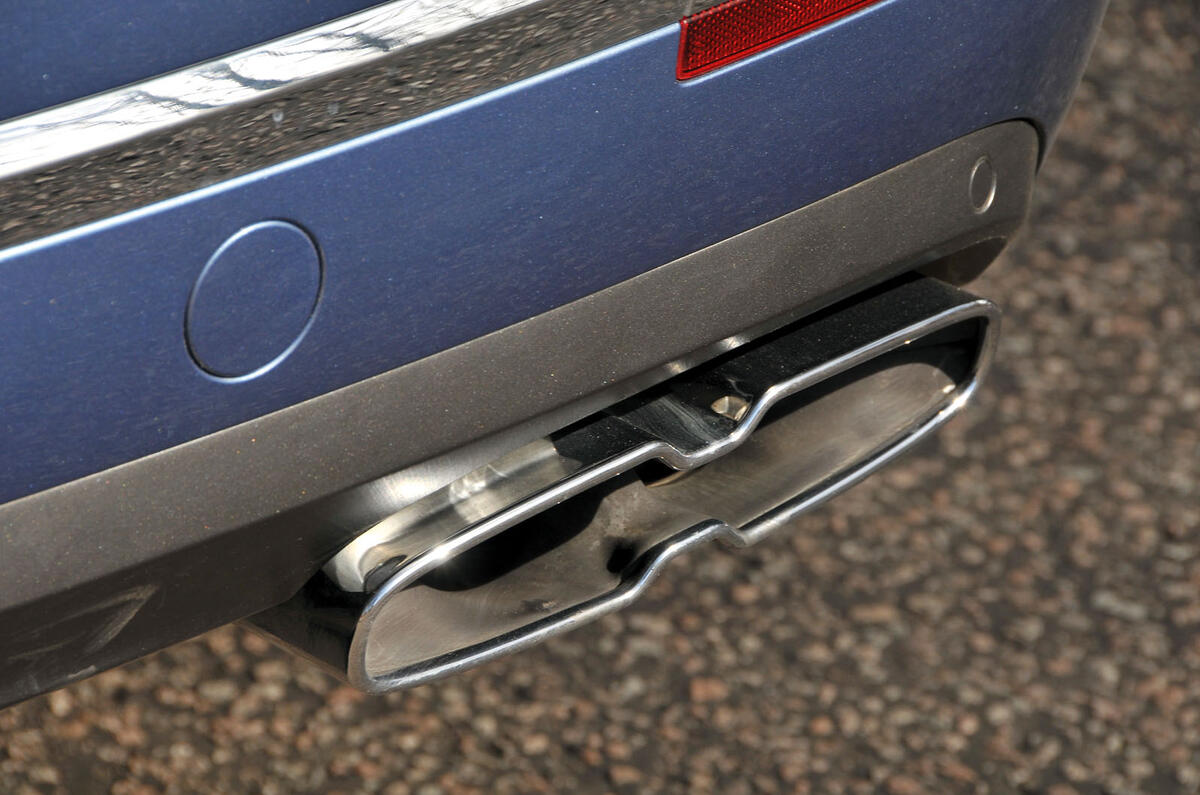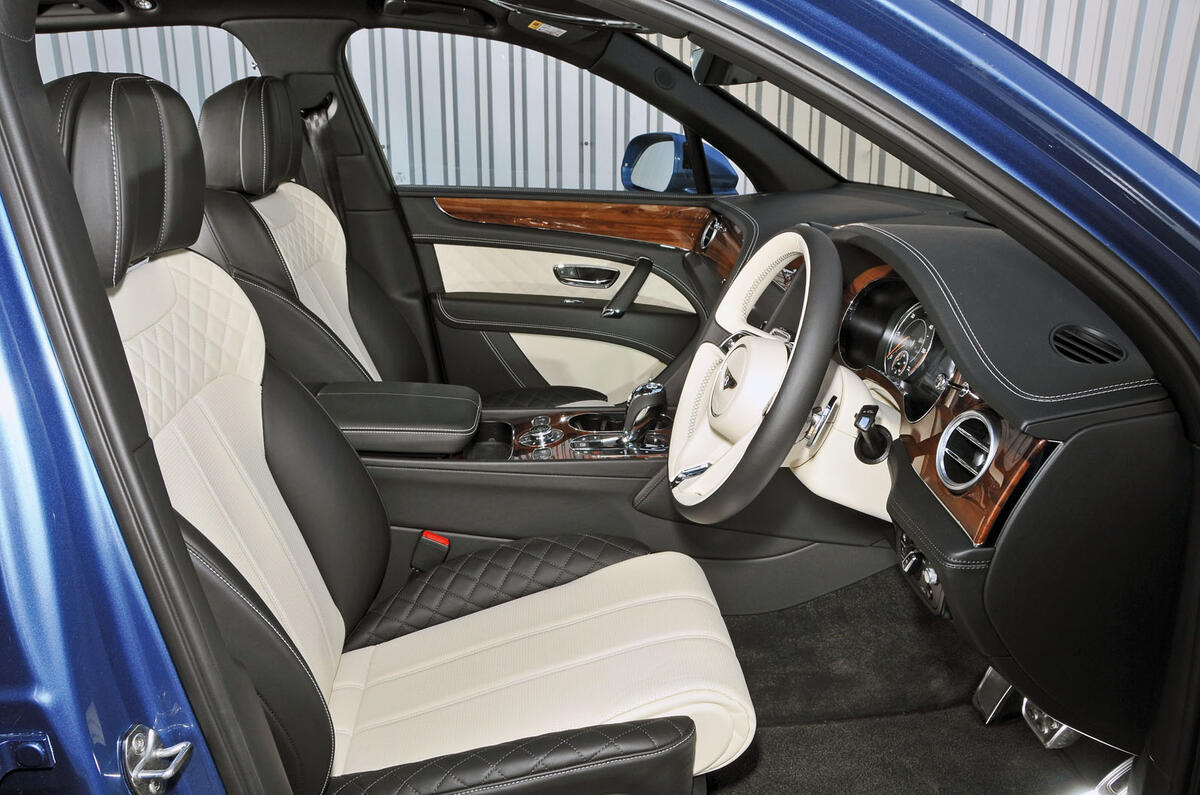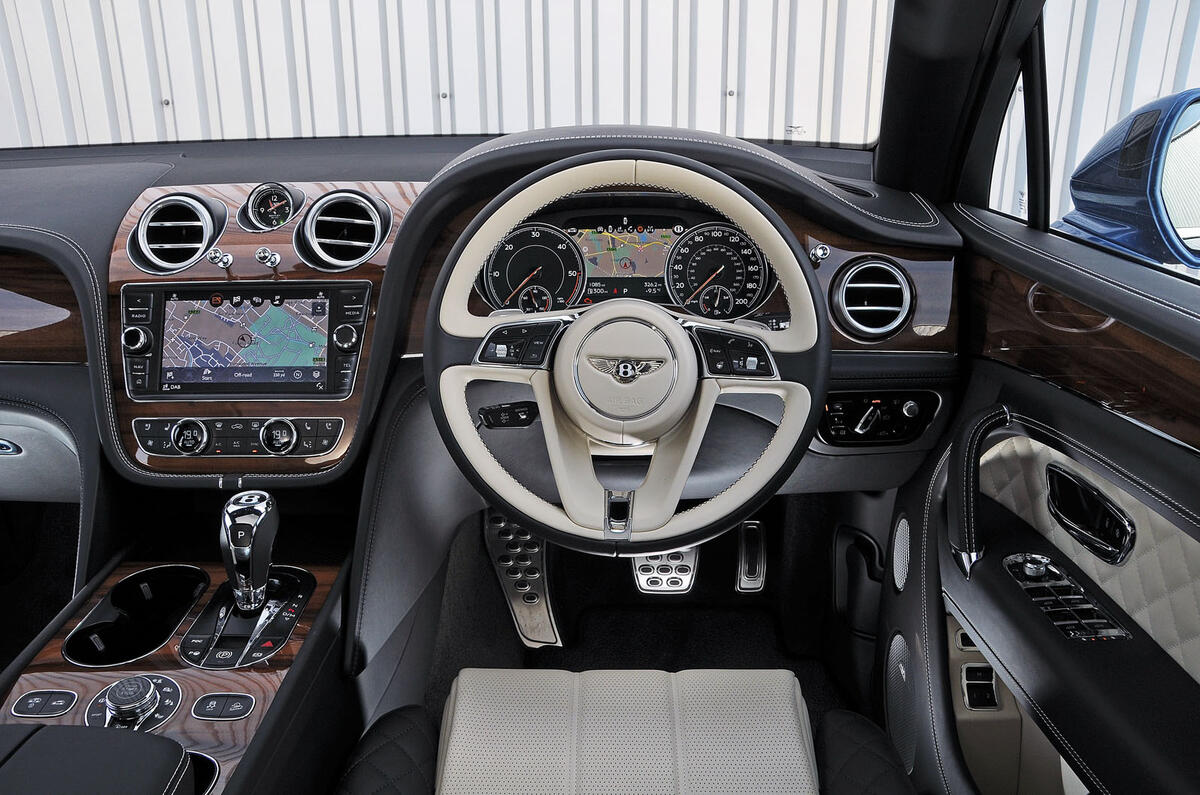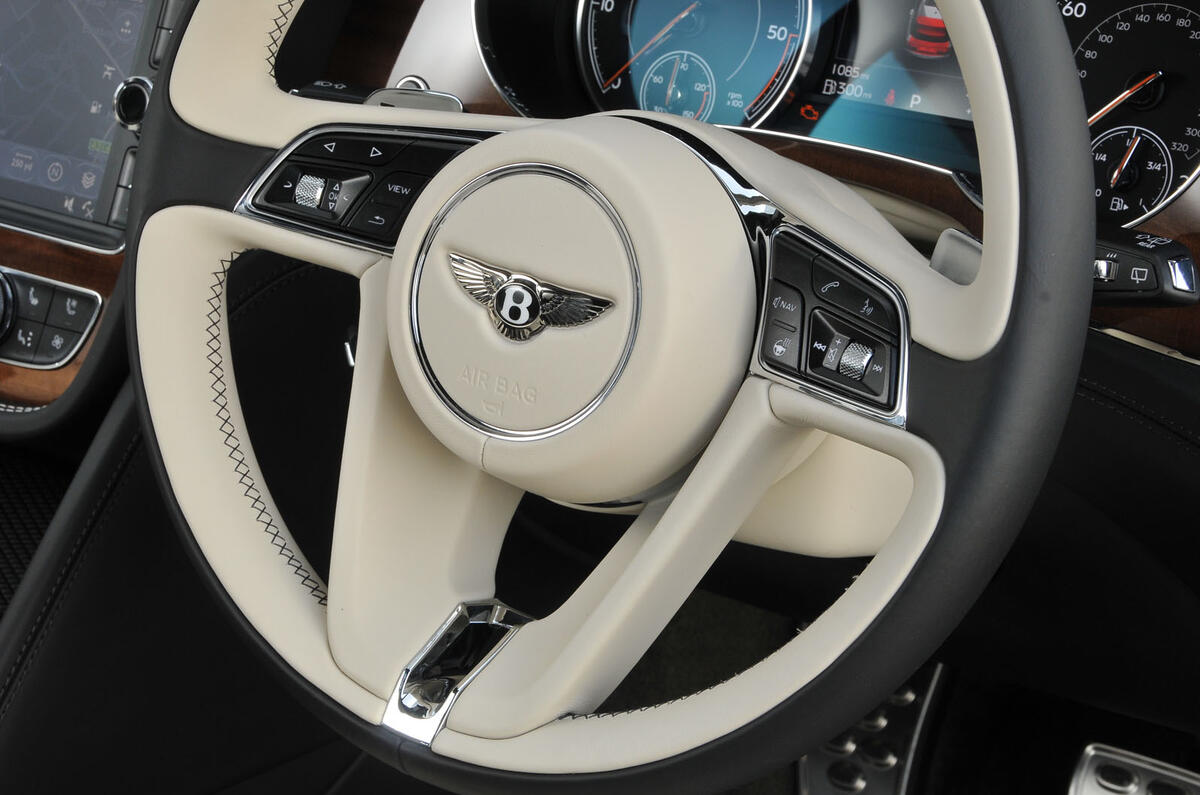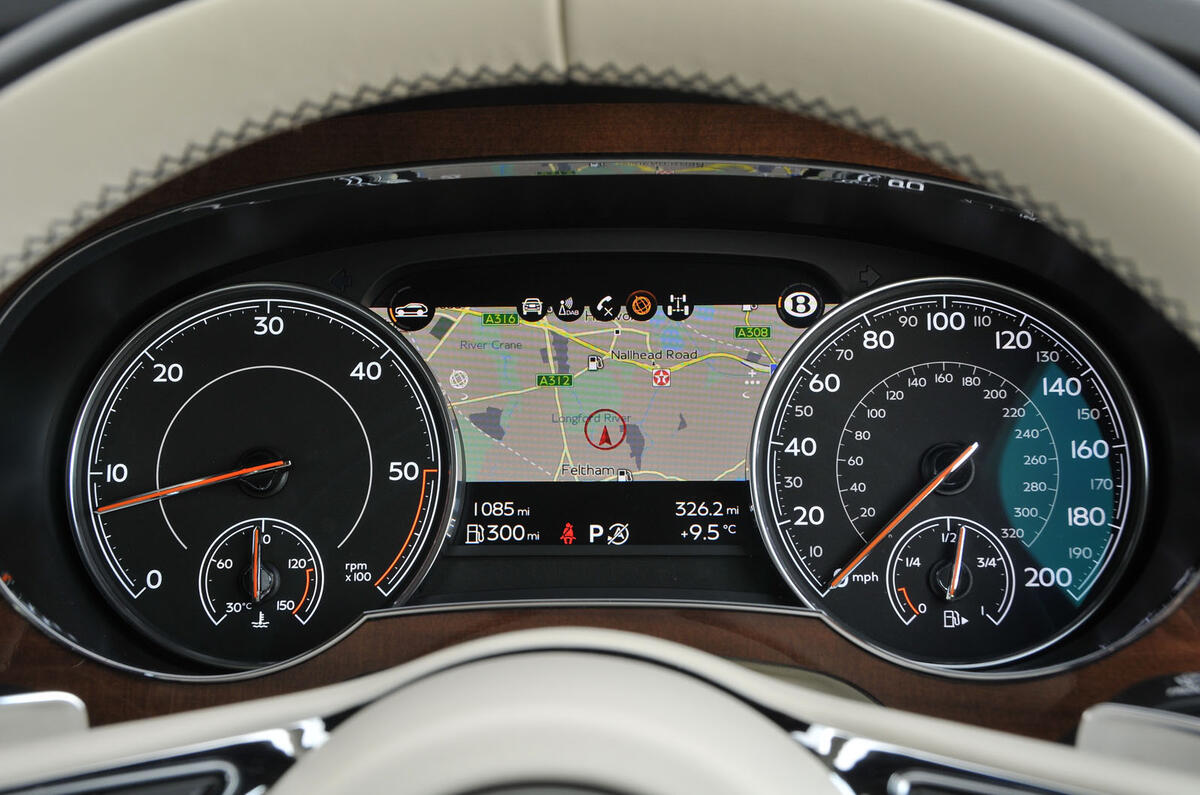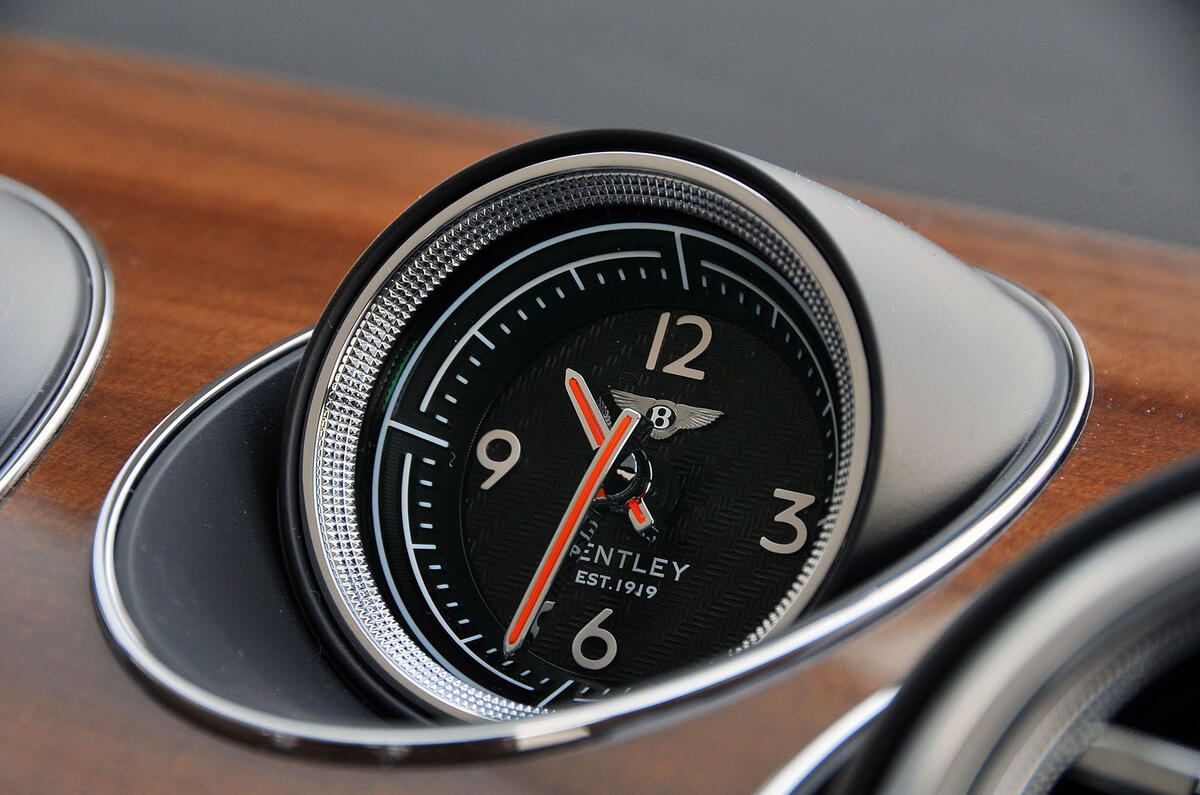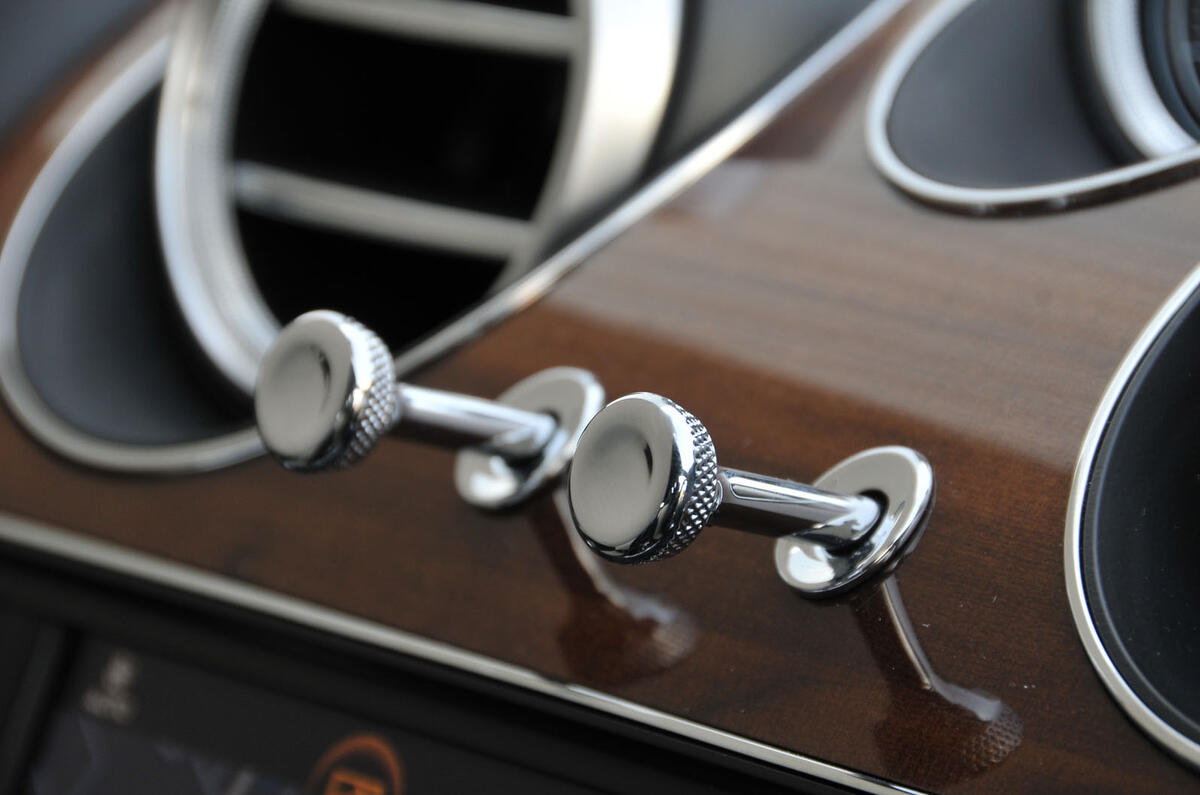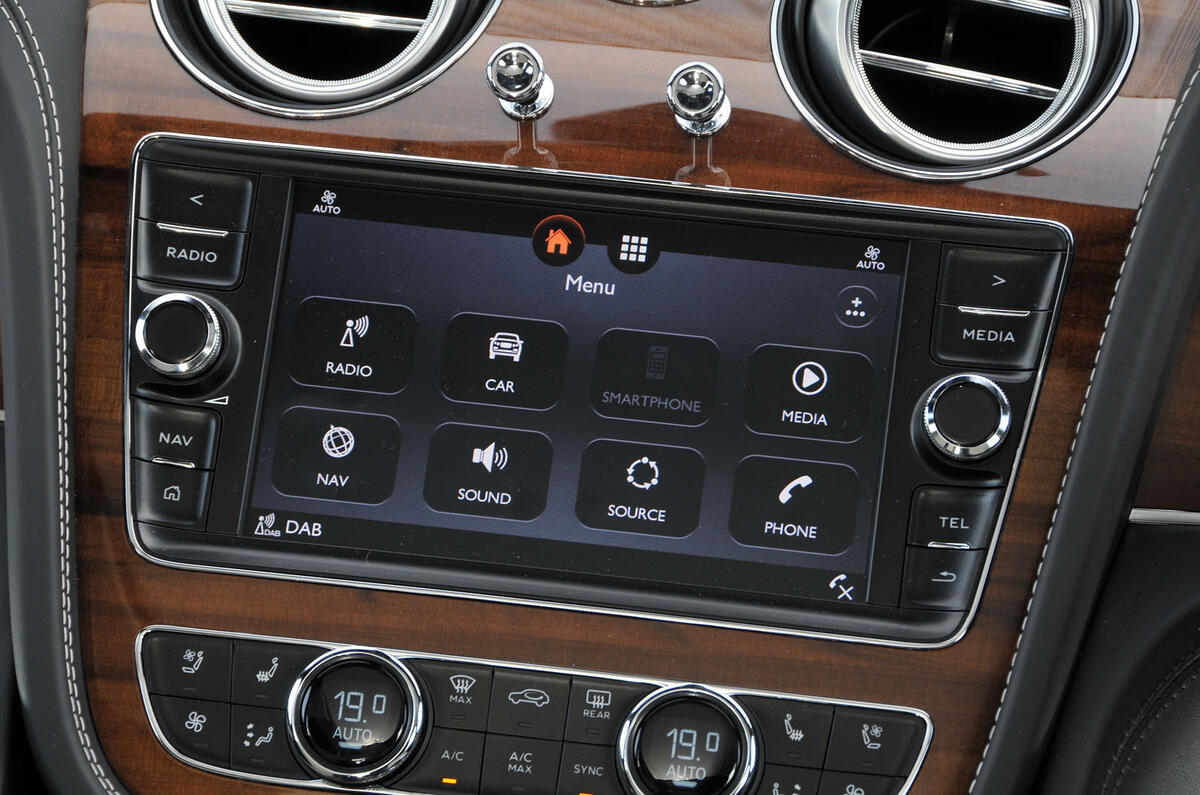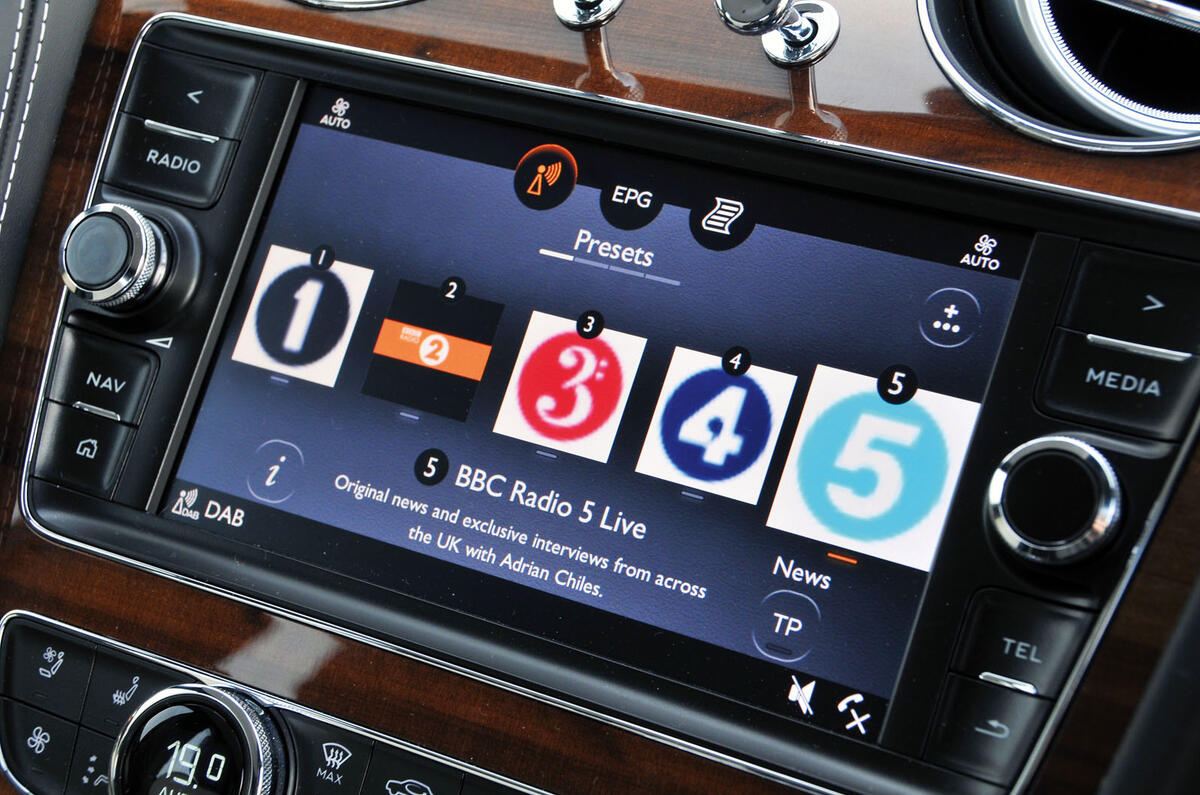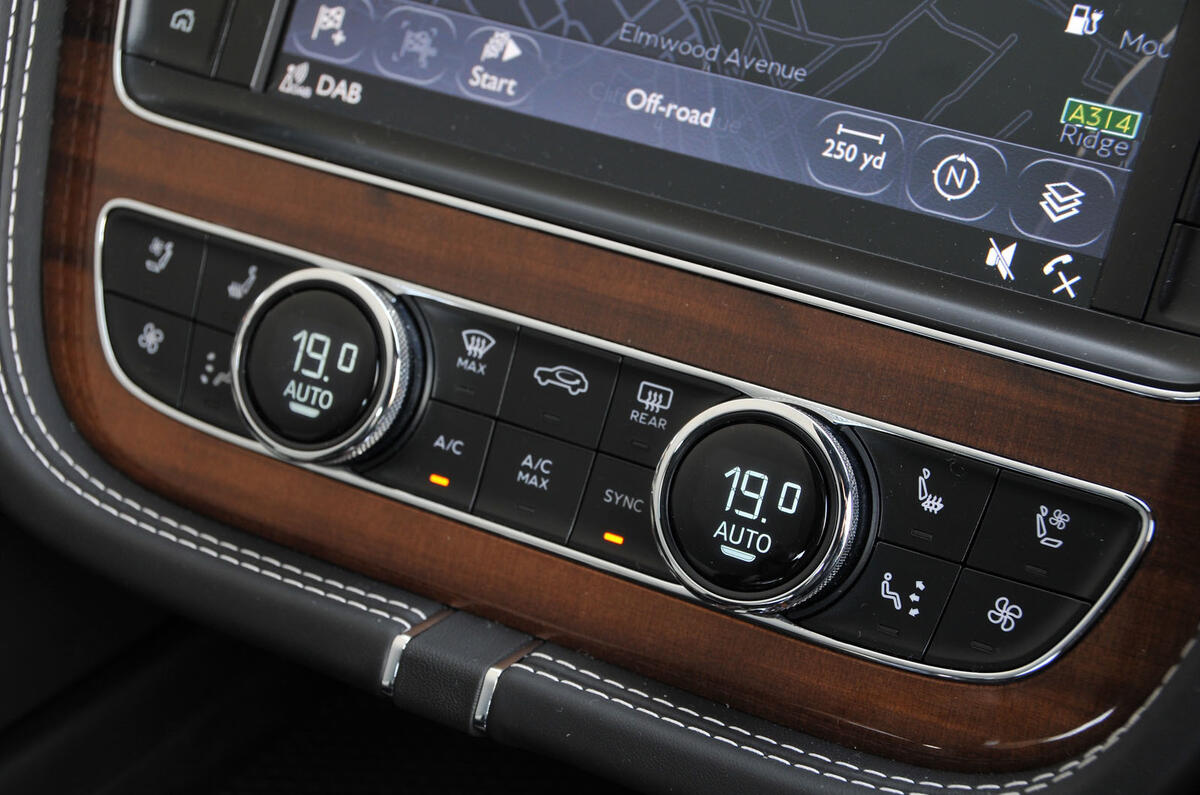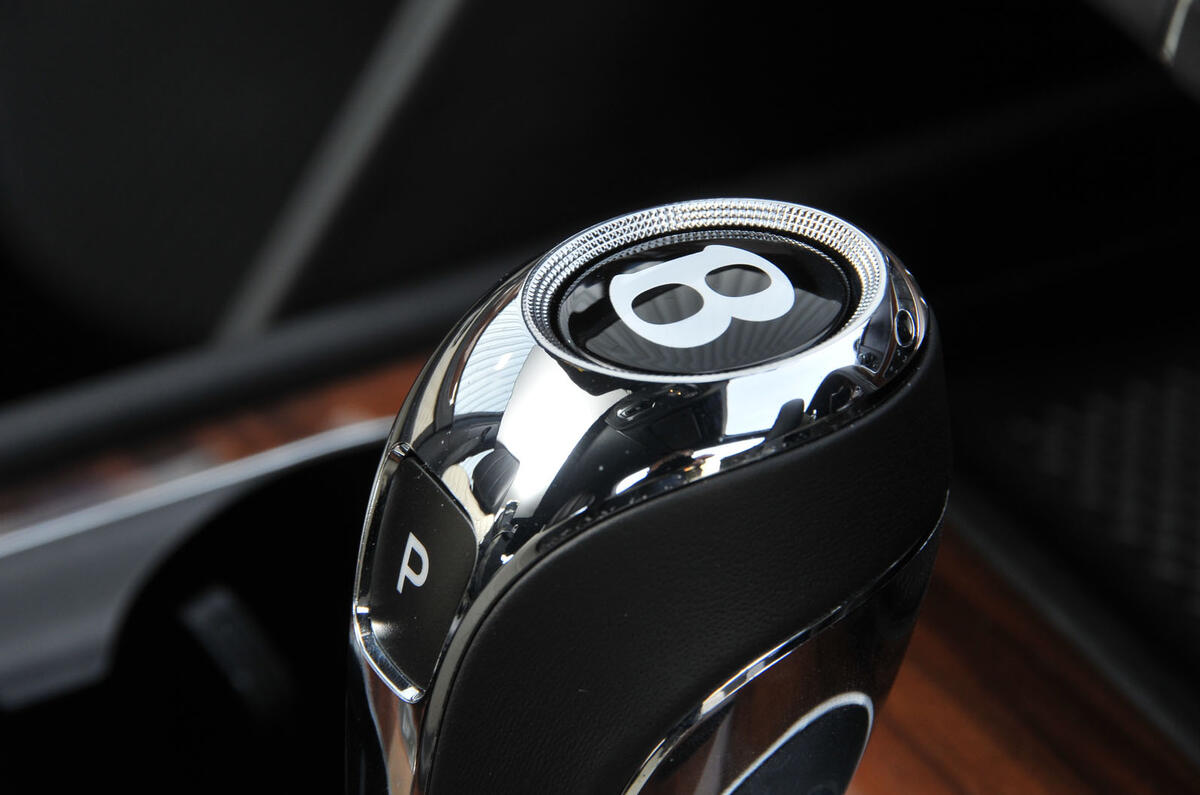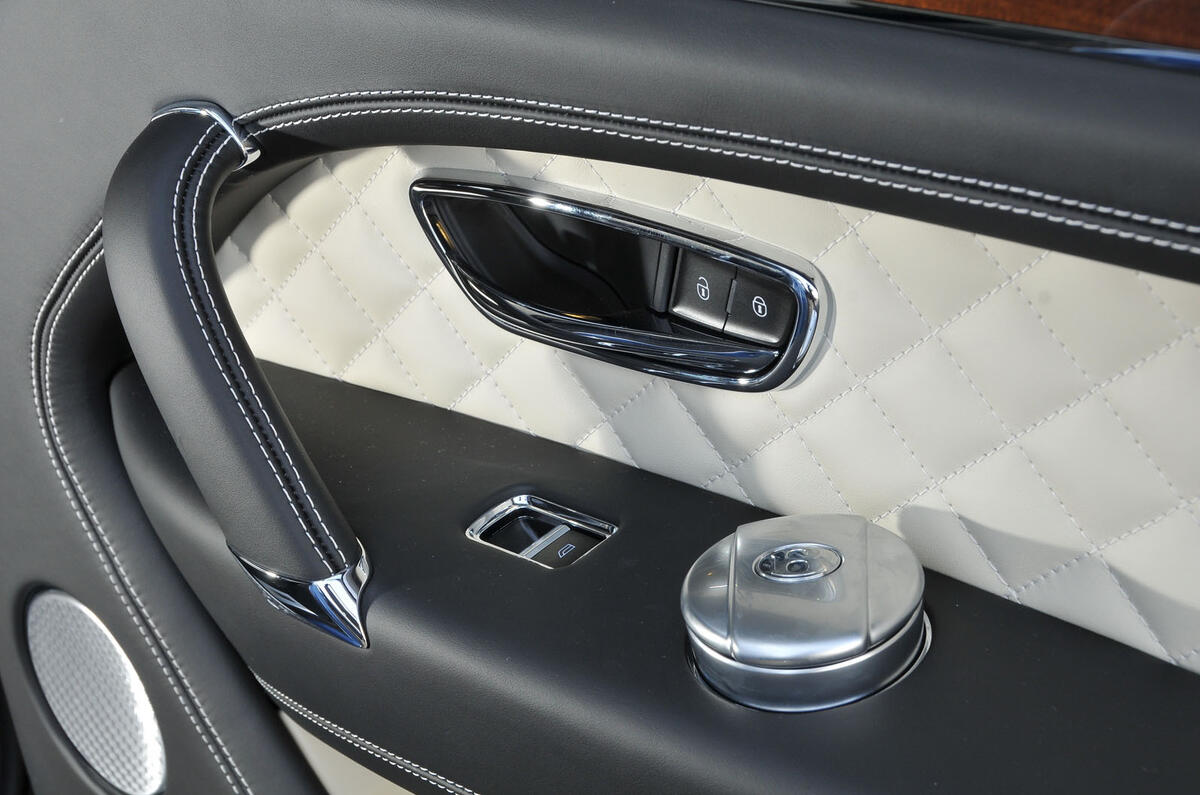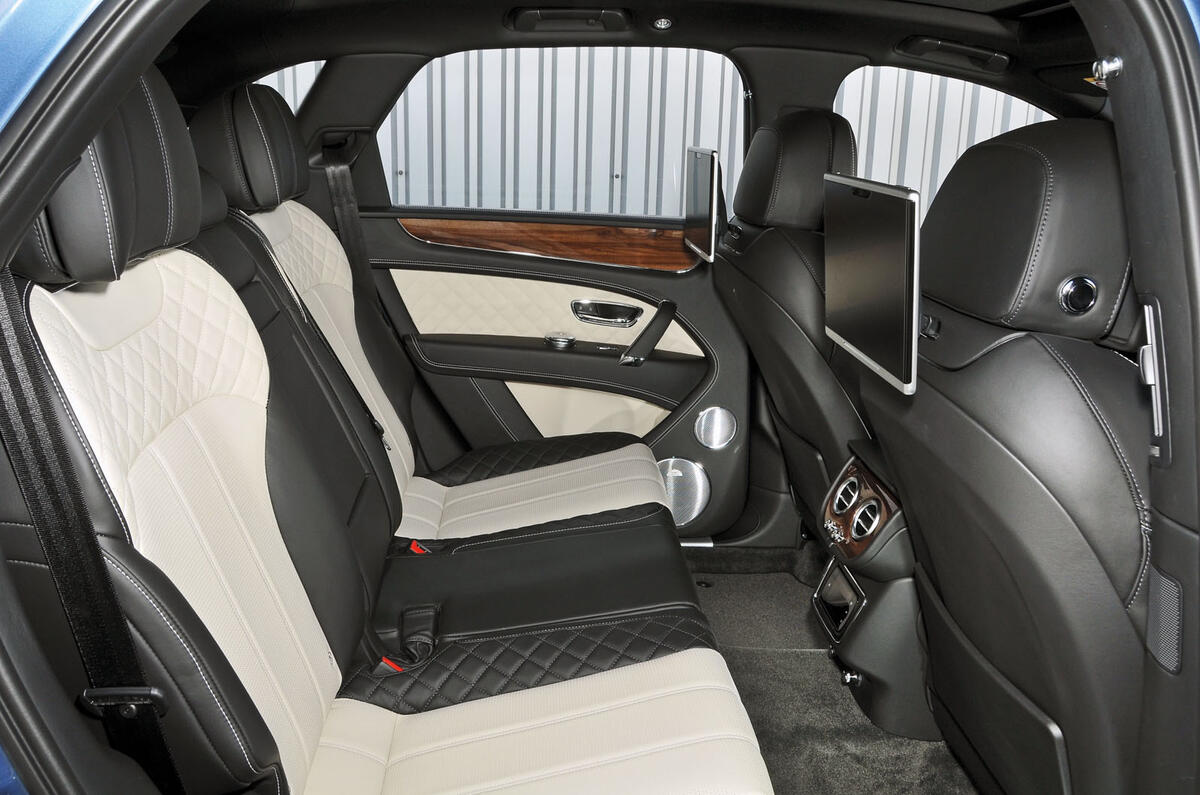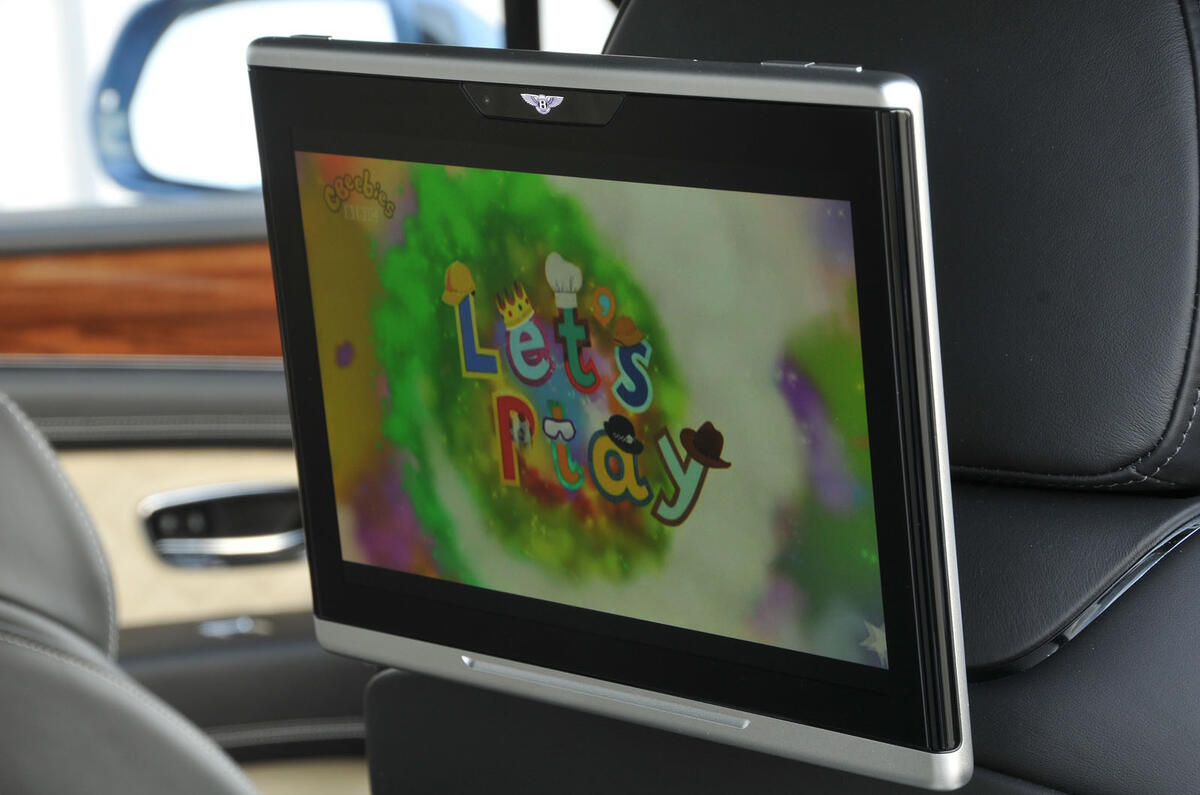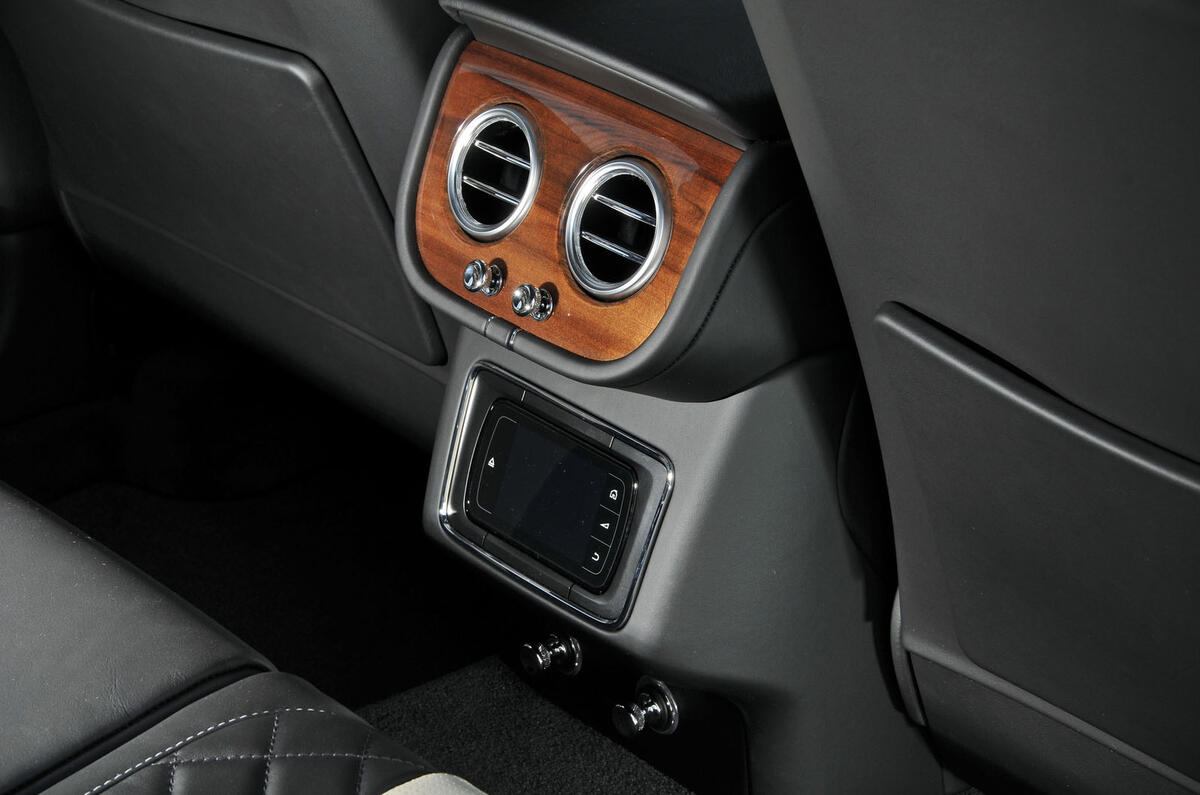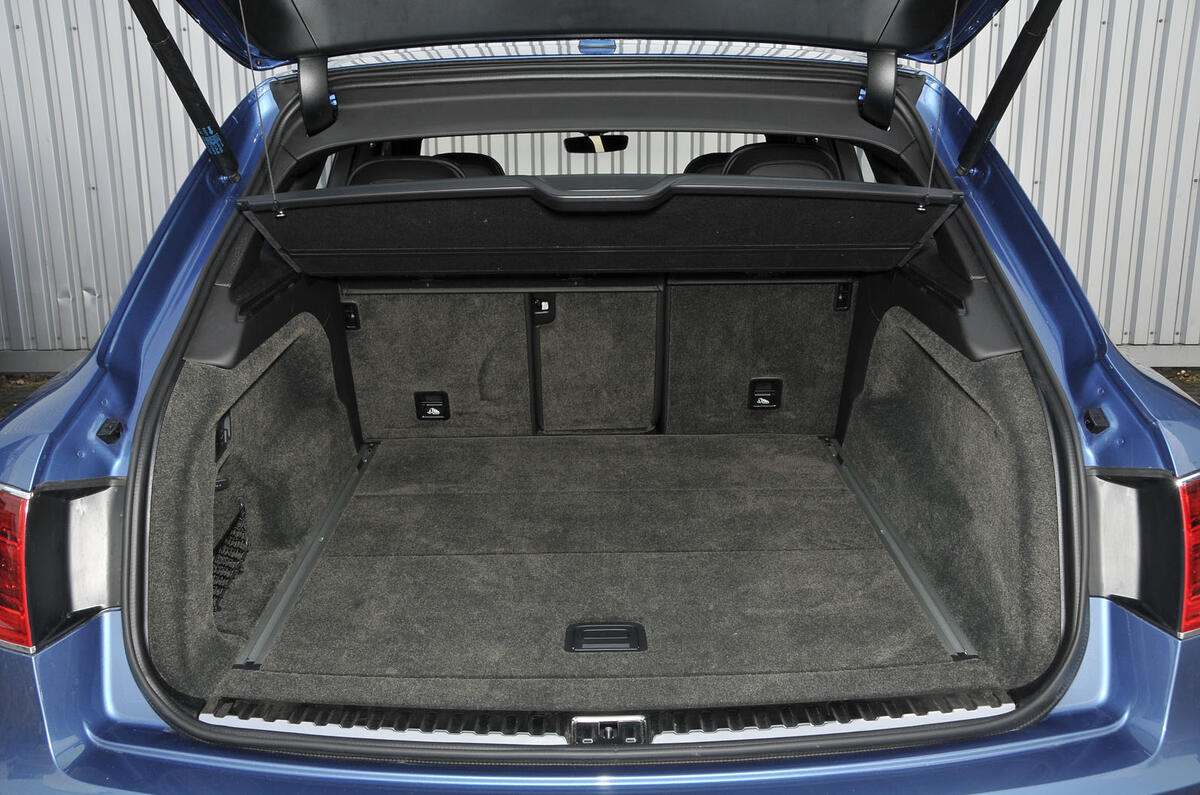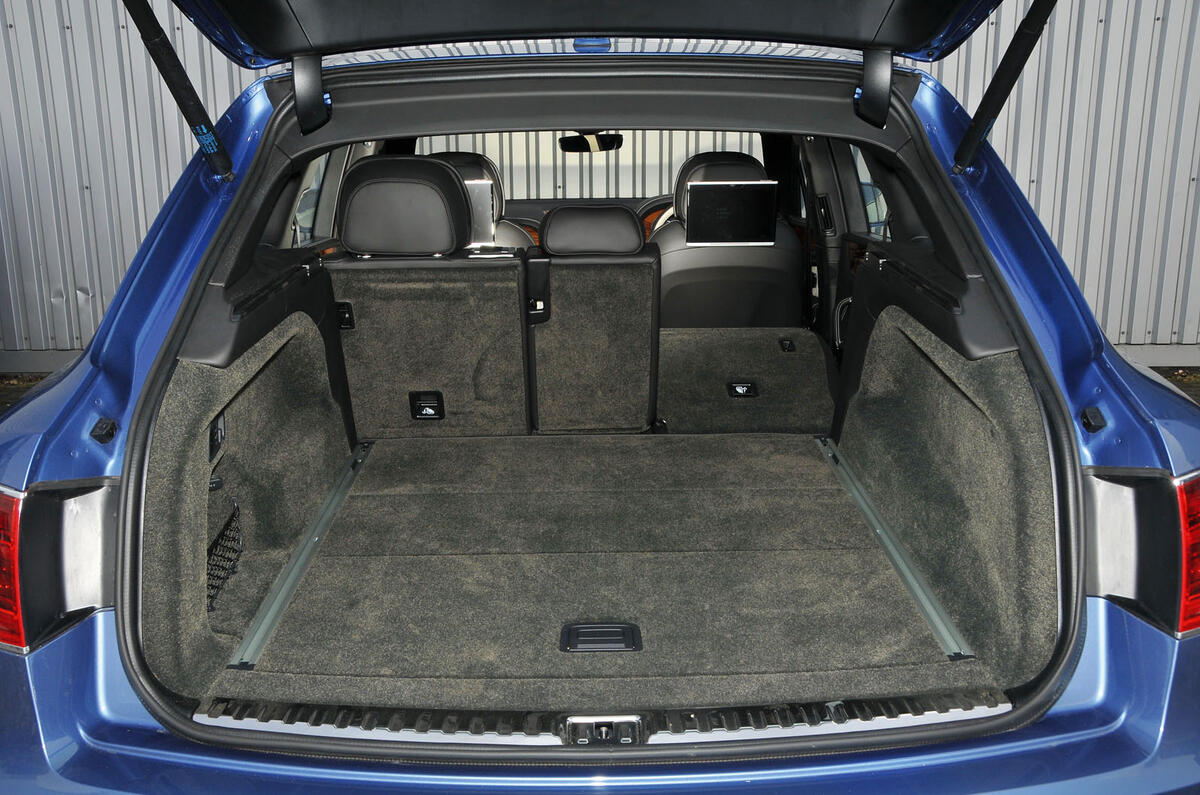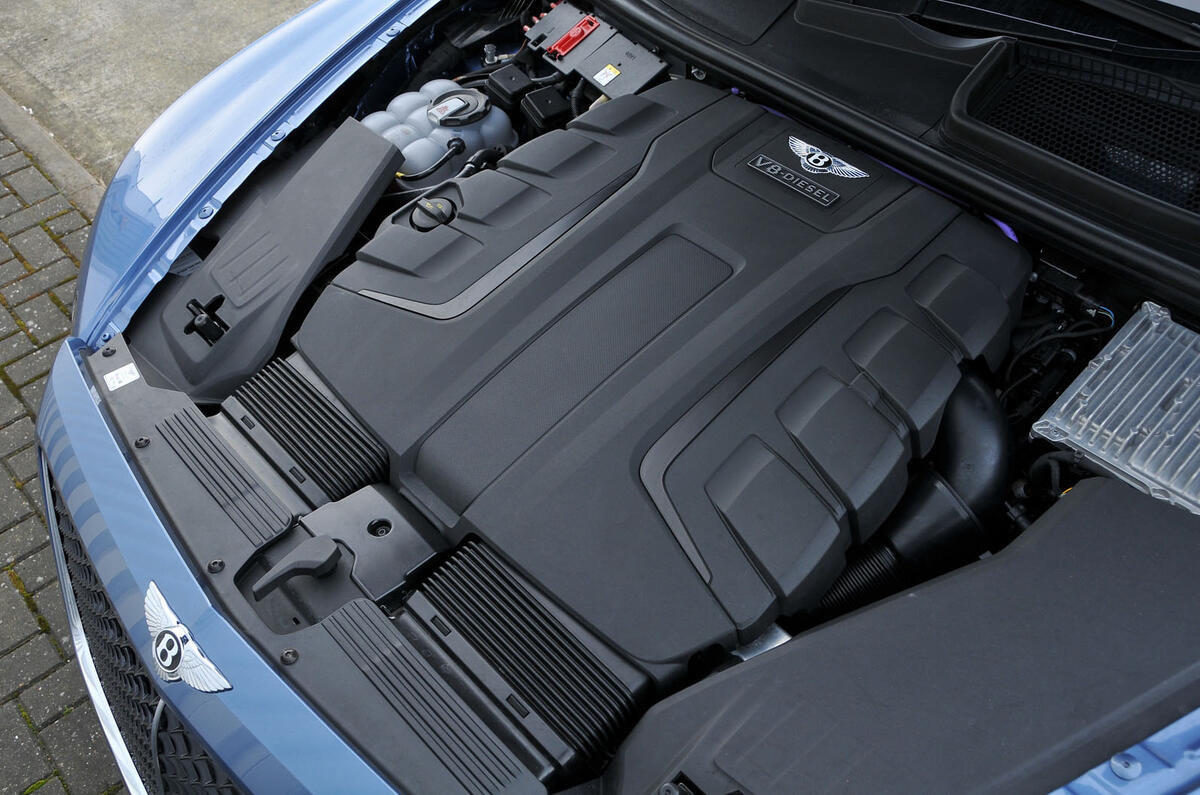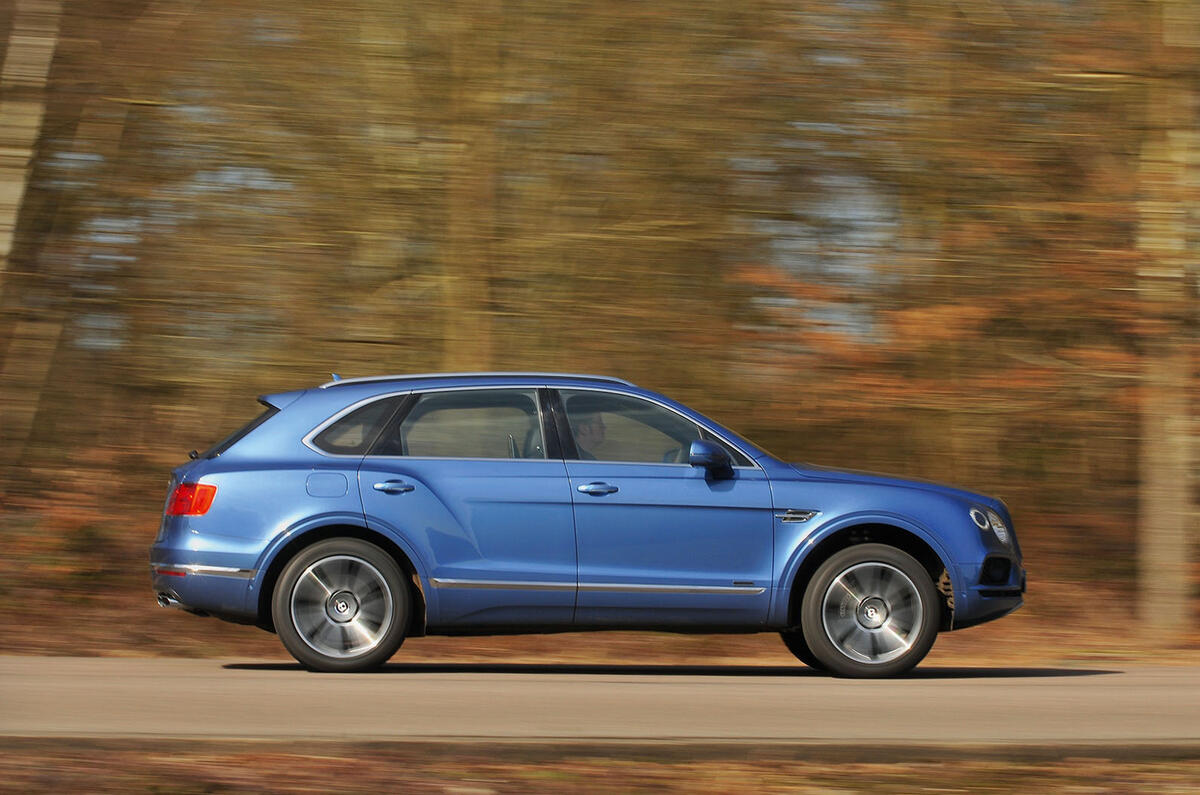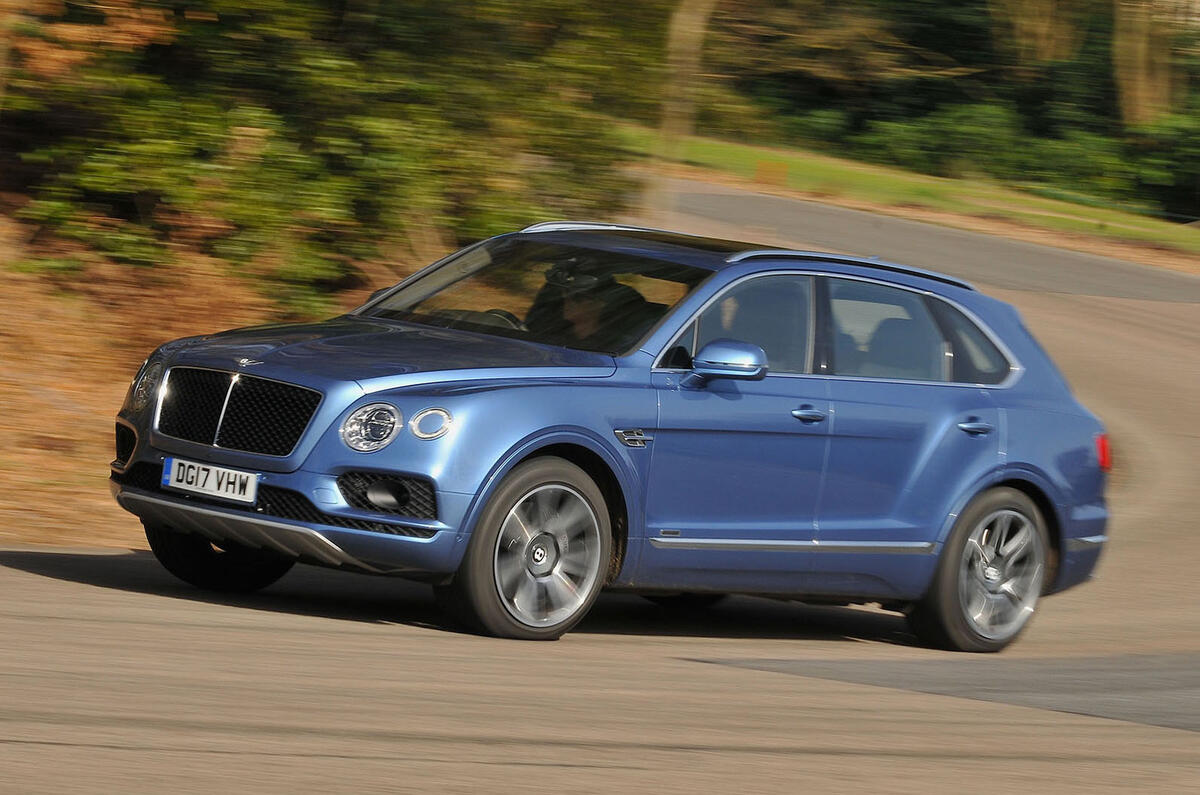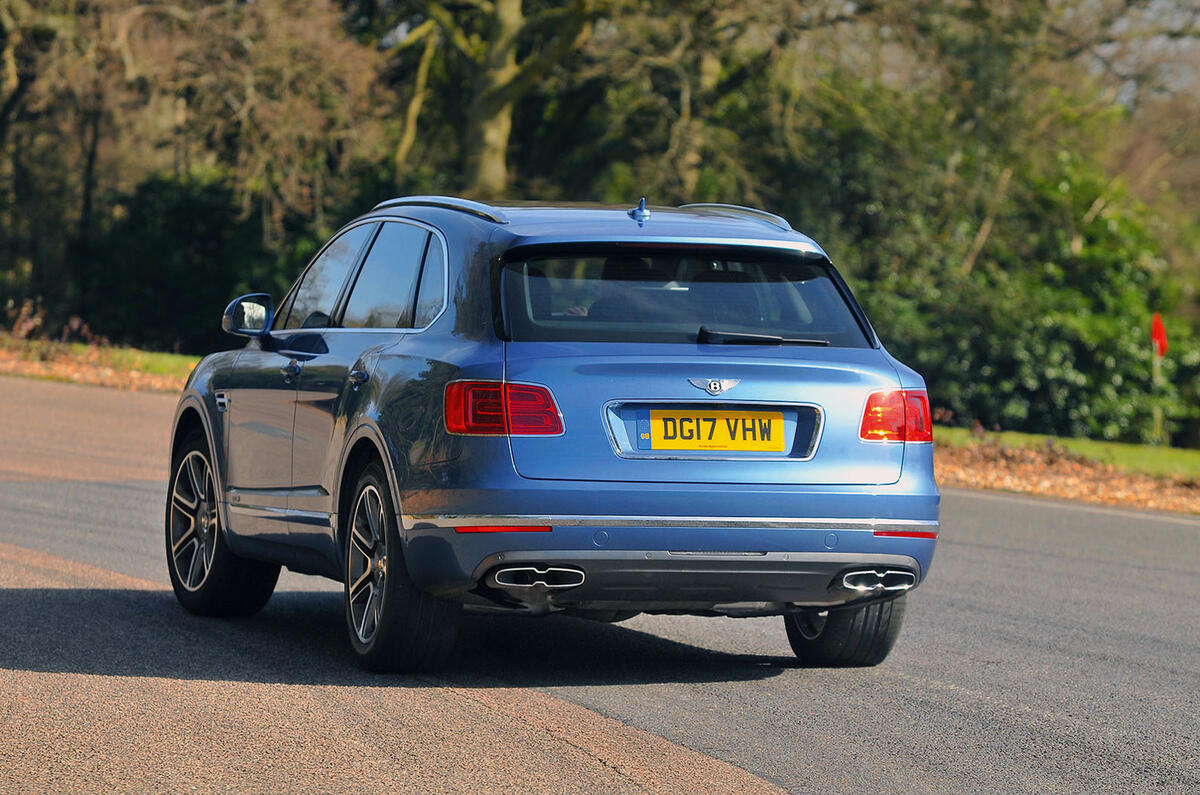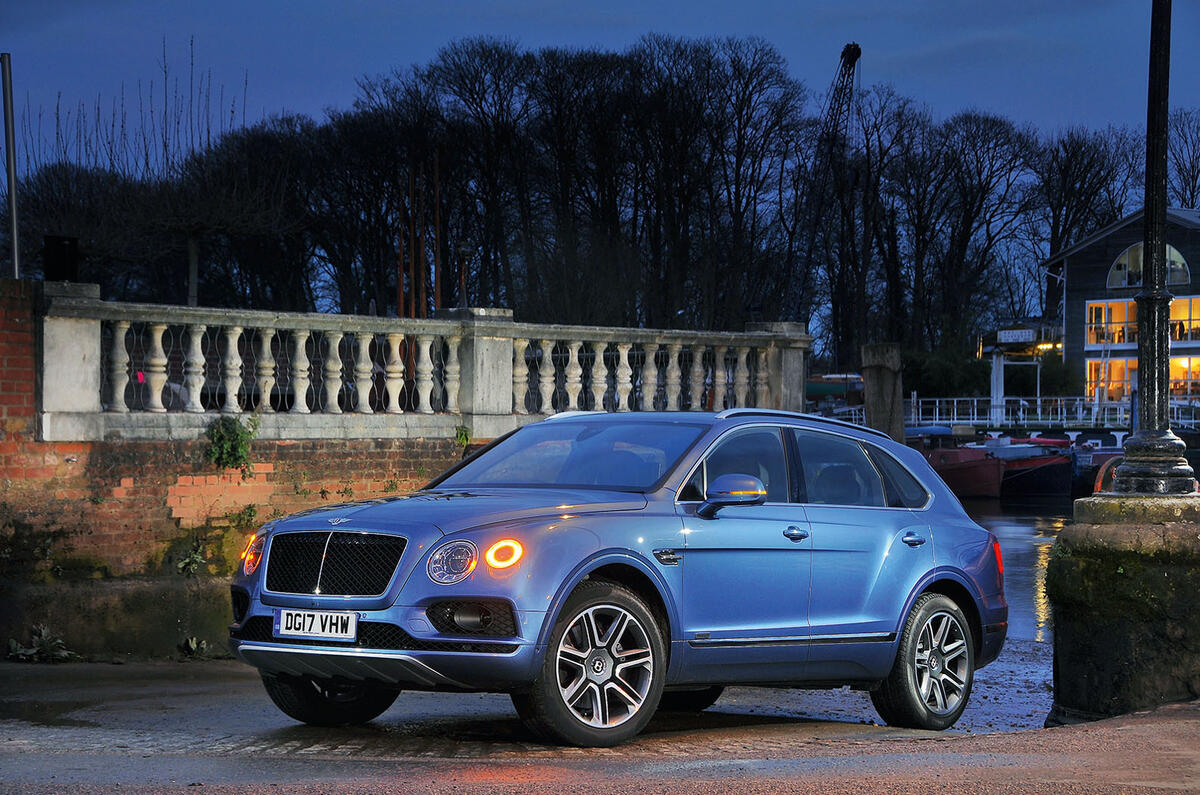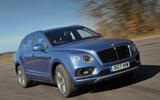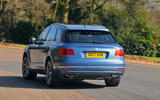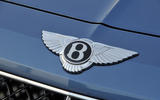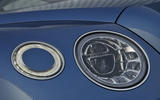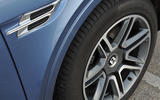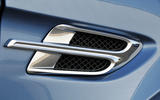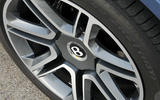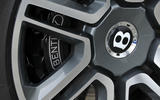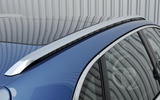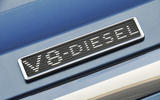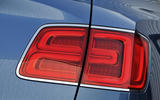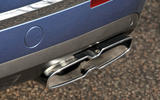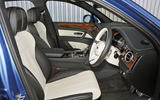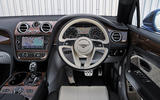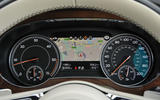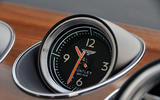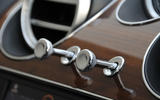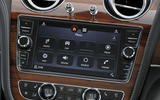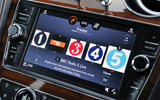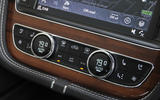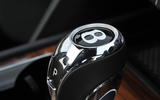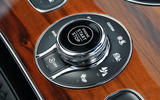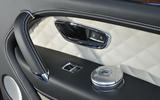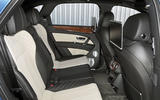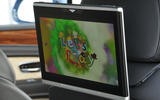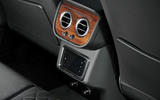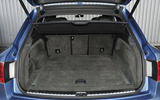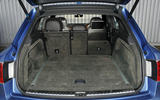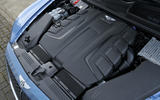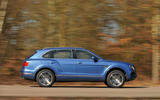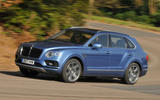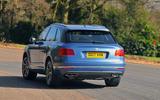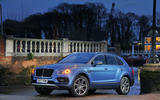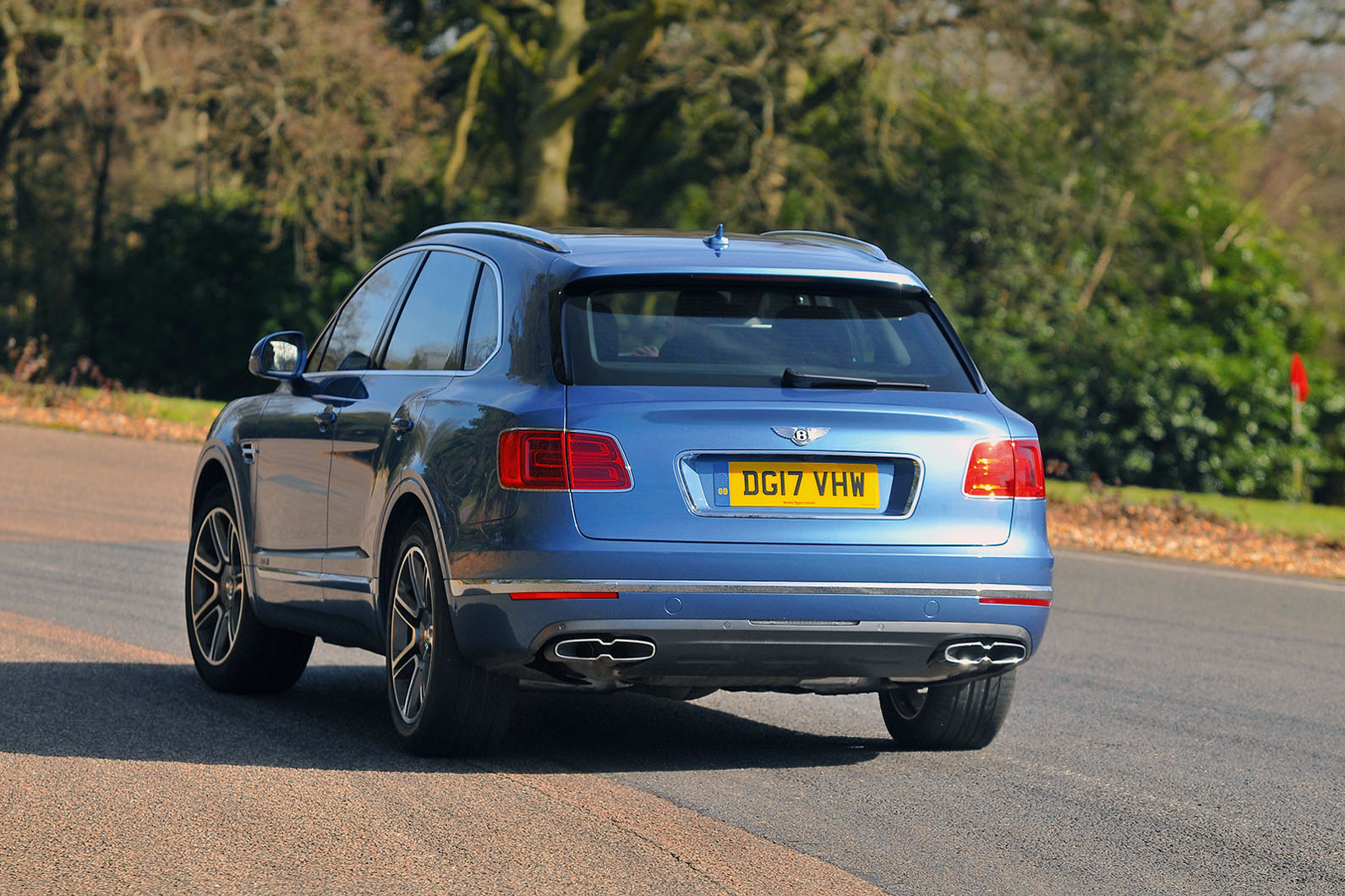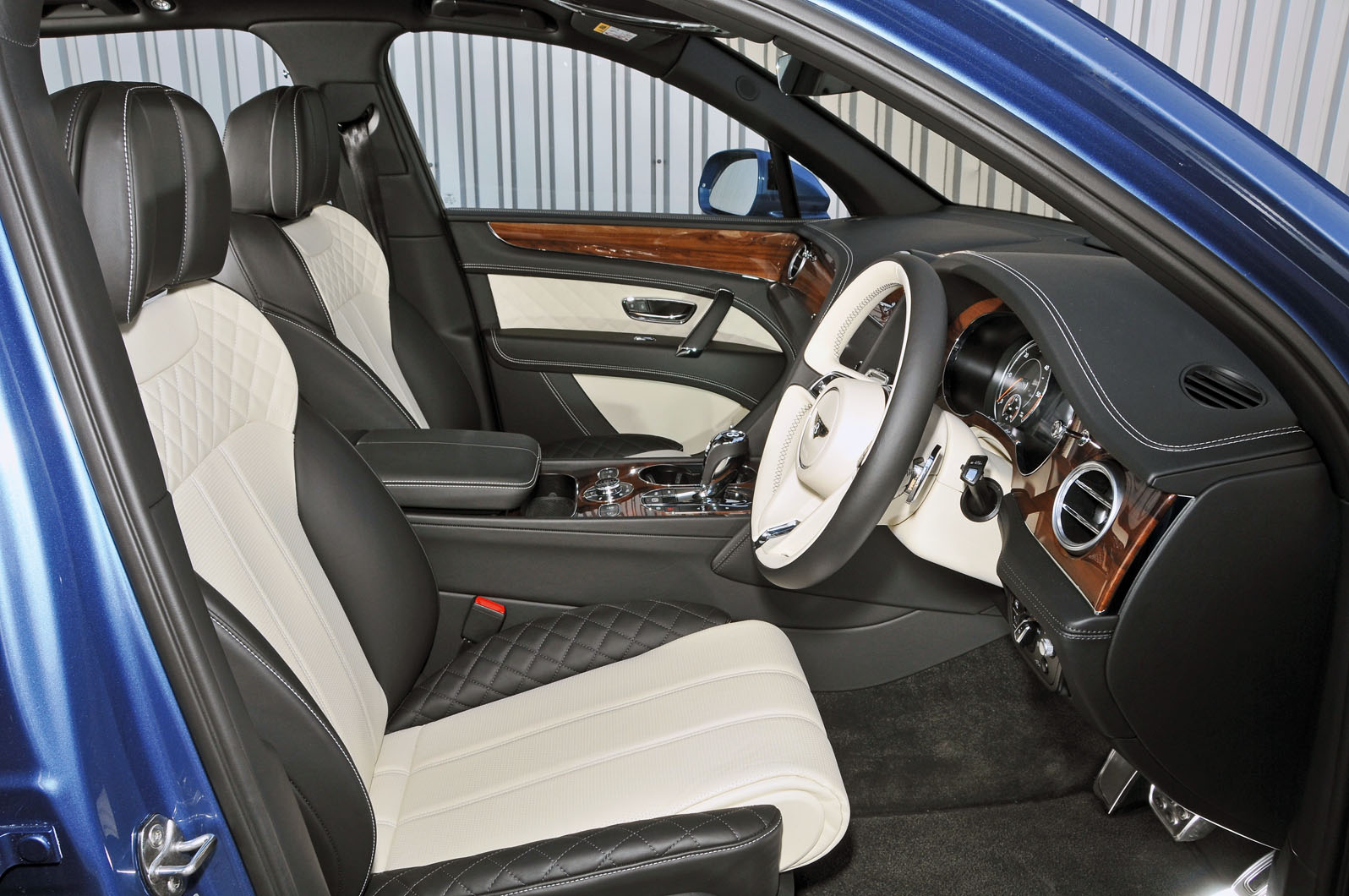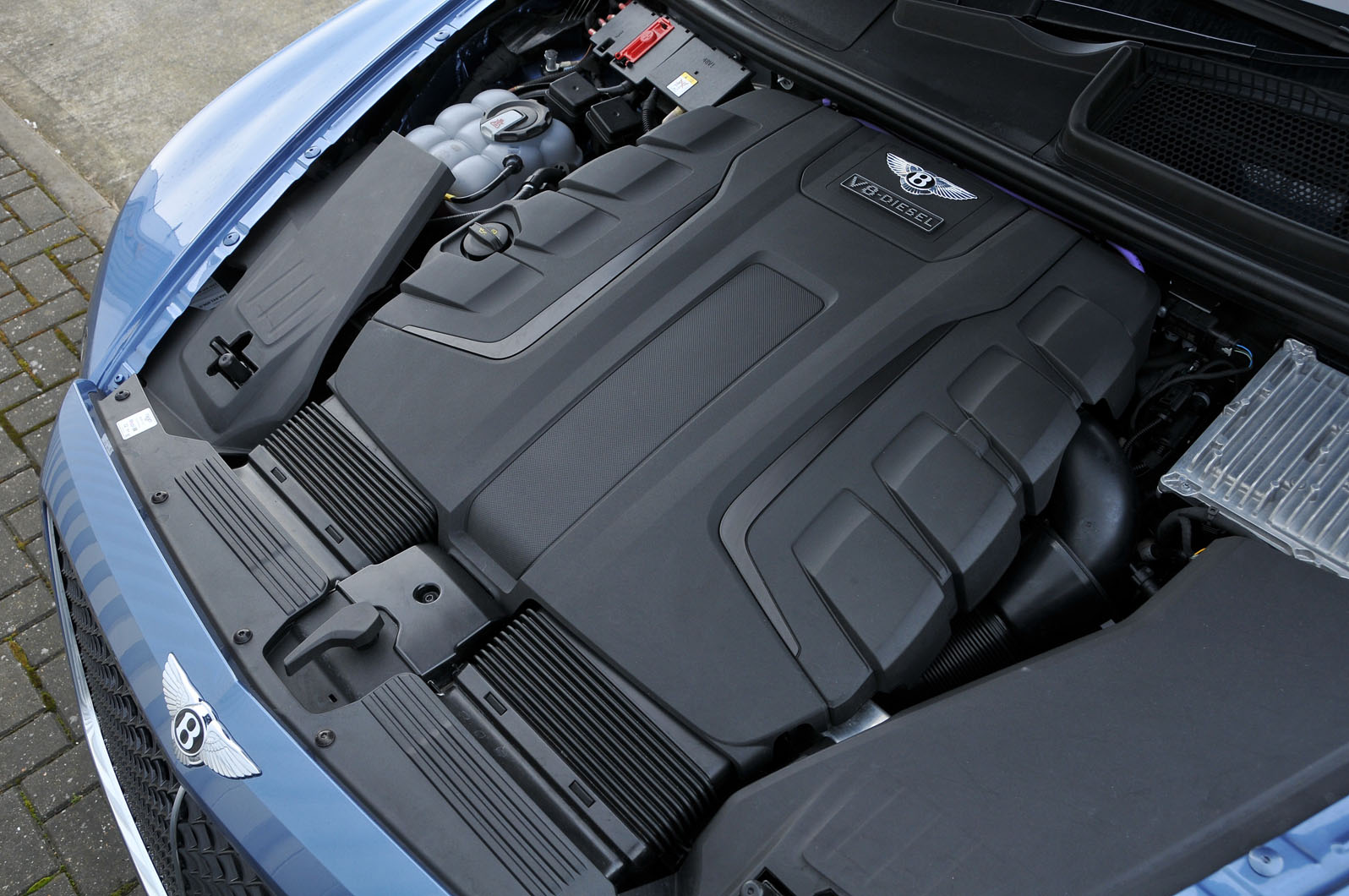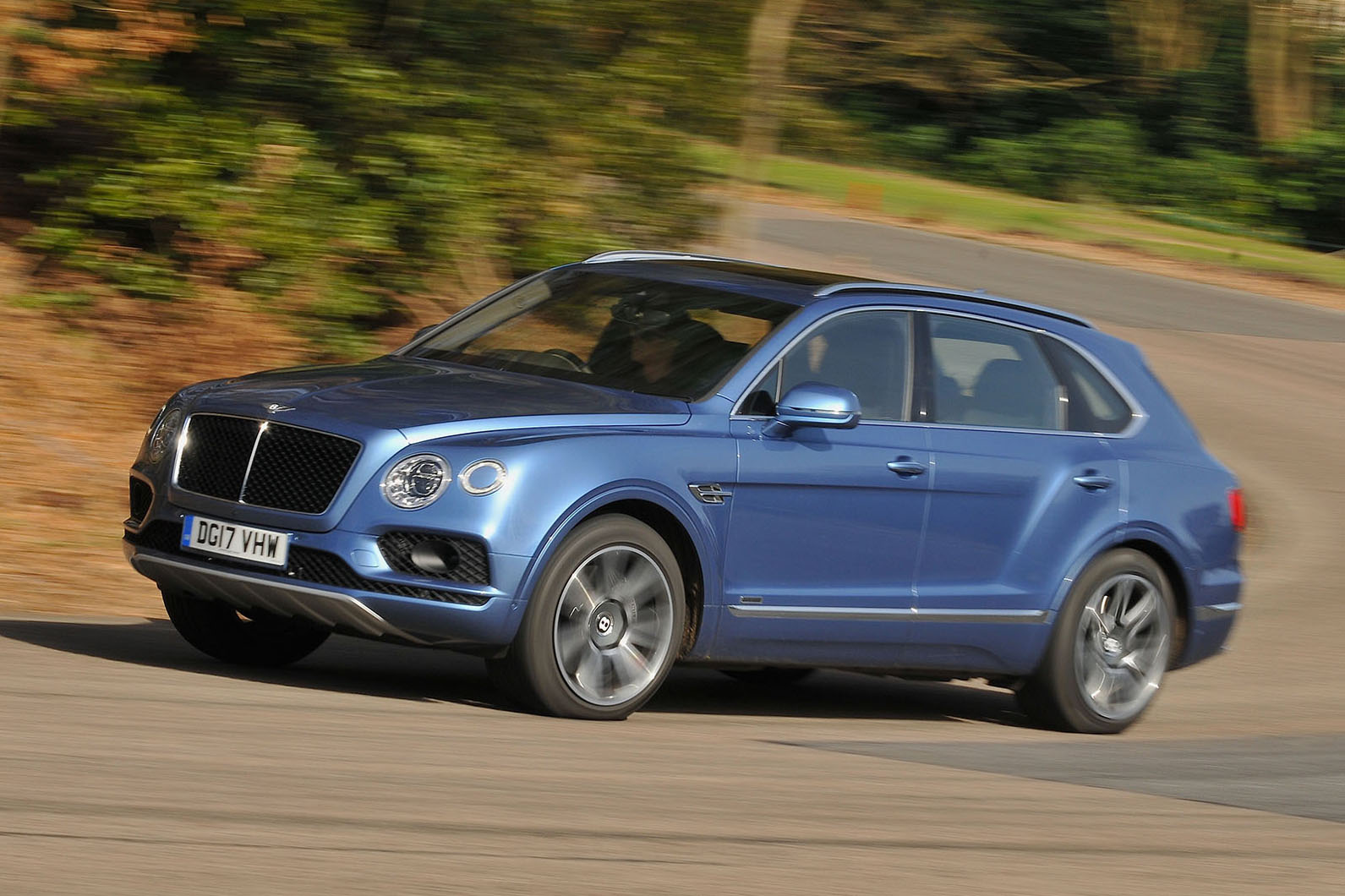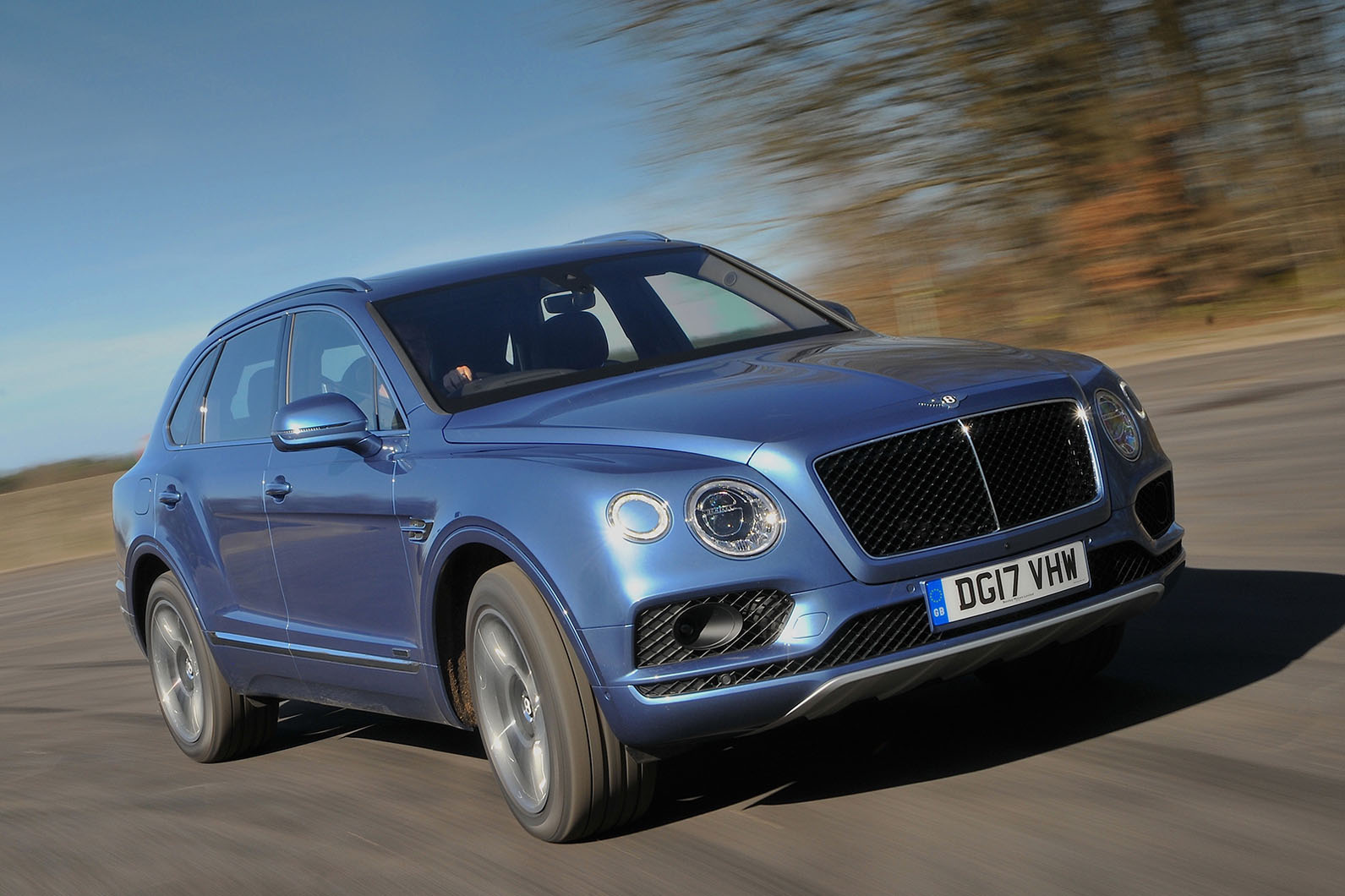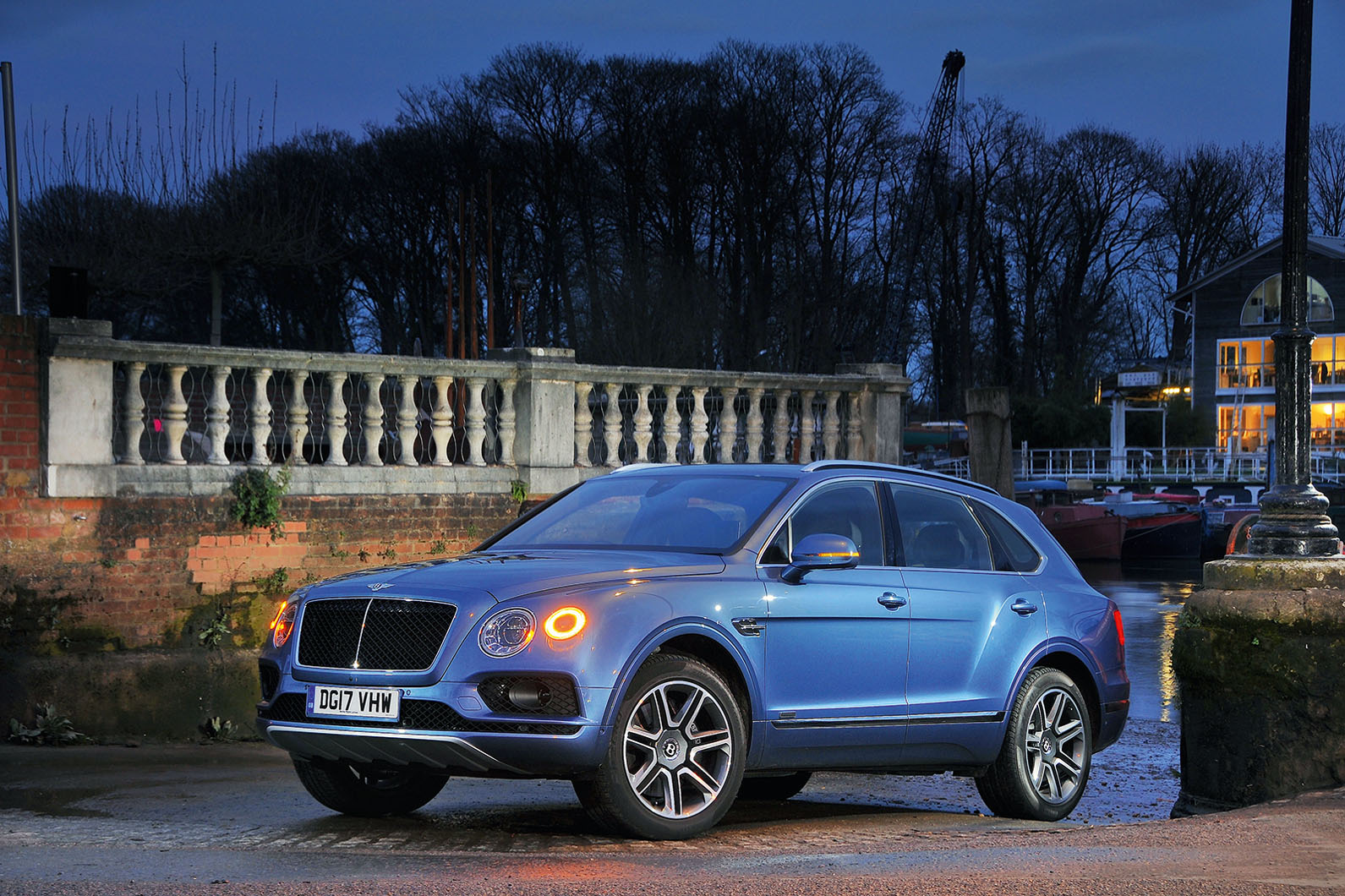Cabin appointment – working with wood, leather and metal to quite breathtaking effect, and applying standards and techniques that no other car maker could hope to match – is what Bentley does best.
Under Volkswagen’s careful custodianship, this has become Crewe’s gift to luxury car making.
This is our second acquaintance with a Bentley Bentayga’s cabin, and yet that bit of familiarity didn’t make sitting in the Bentayga Diesel any less of an event.
The driving position is far from typical of a large SUV’s. It’s only moderately high, although widely adjustable and superbly comfortable – so if you want a more lofty view of the road, you can have one.
Leave the seat in a typical setting, though, and you get an almost perfect balance of cocooning and commanding impressions from behind the wheel.
The door consoles rise higher at your side than you expect them to. The window profile above that is slimmer than in a traditional SUV and the roofline just a touch closer to your scalp (although head room remains beyond reproach).
The effect is of a cockpit that you might imagine belonged to an exotic saloon, albeit one suspended at least a foot above where it ought to be on the road and a generous cut above what’s happening beneath.
The main control interfaces include a large, chromed, no-nonsense gear selector that is well placed and easy to use.
Behind that is a rotary dial that doubles as a push-button engine starter button and, by twisting it, allows you to cycle through the Bentayga’s various ride, handling, traction and stability control modes (including Sport, Comfort, Custom, Snow, Sand, Forest and Track). Grouping those drive modes like that is particularly clever because the starter button is always going to be an important point of contact for the driver, and giving it a secondary job somehow makes flicking between modes feel more intuitive than it might.
Complaints are so few in number as to hardly deserve a mention. Pedants might point out that there are Audi parts bin column stalks and headlight controls in evidence, solid and pleasant though they are. Honestly, we very much doubt Bentley could have sourced better.
The Bentayga’s infotainment conforms to luxury-class convention by being fairly discreet in its scope and proportions.
You can spend much less on a Mercedes-Benz, Audi or BMW with a larger and more feature-rich multimedia set-up — and that’s very much intended. In Crewe’s world of opulence and calm, the neon glare of technology is often best shut out.
Even so, the car comes with an 8.0in touchscreen with built-in nav, 11GB of storage, DAB radio, a CD/DVD player and the capacity to turn a 4G smartphone into a wi-fi hotspot.
Pay extra and you can add a digital TV tuner (£965), and two 10in rear-seat entertainment tablets (£5635) that mount on the back of the front headrests or can be removed to act like standard tablets. Our test car had Bentley’s Naim-supplied premium audio system (£6615), too.
Changeable digital reception made the TV add-on a bit pointless, but the premium stereo and rear-seat tablets impressed. And while many would jolt at the idea of paying more than £12k to upgrade a multimedia system, Bentley says its customers don’t.


